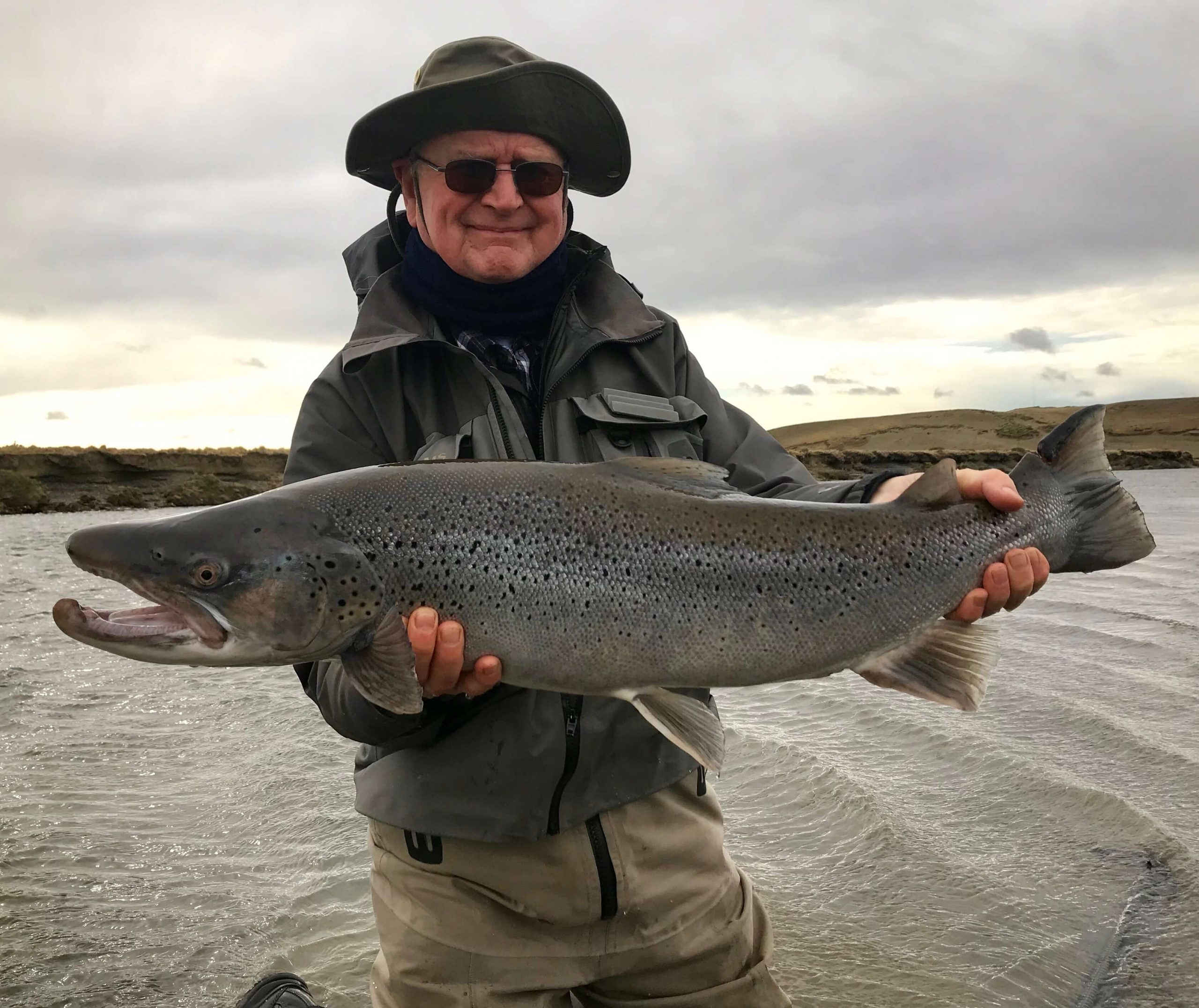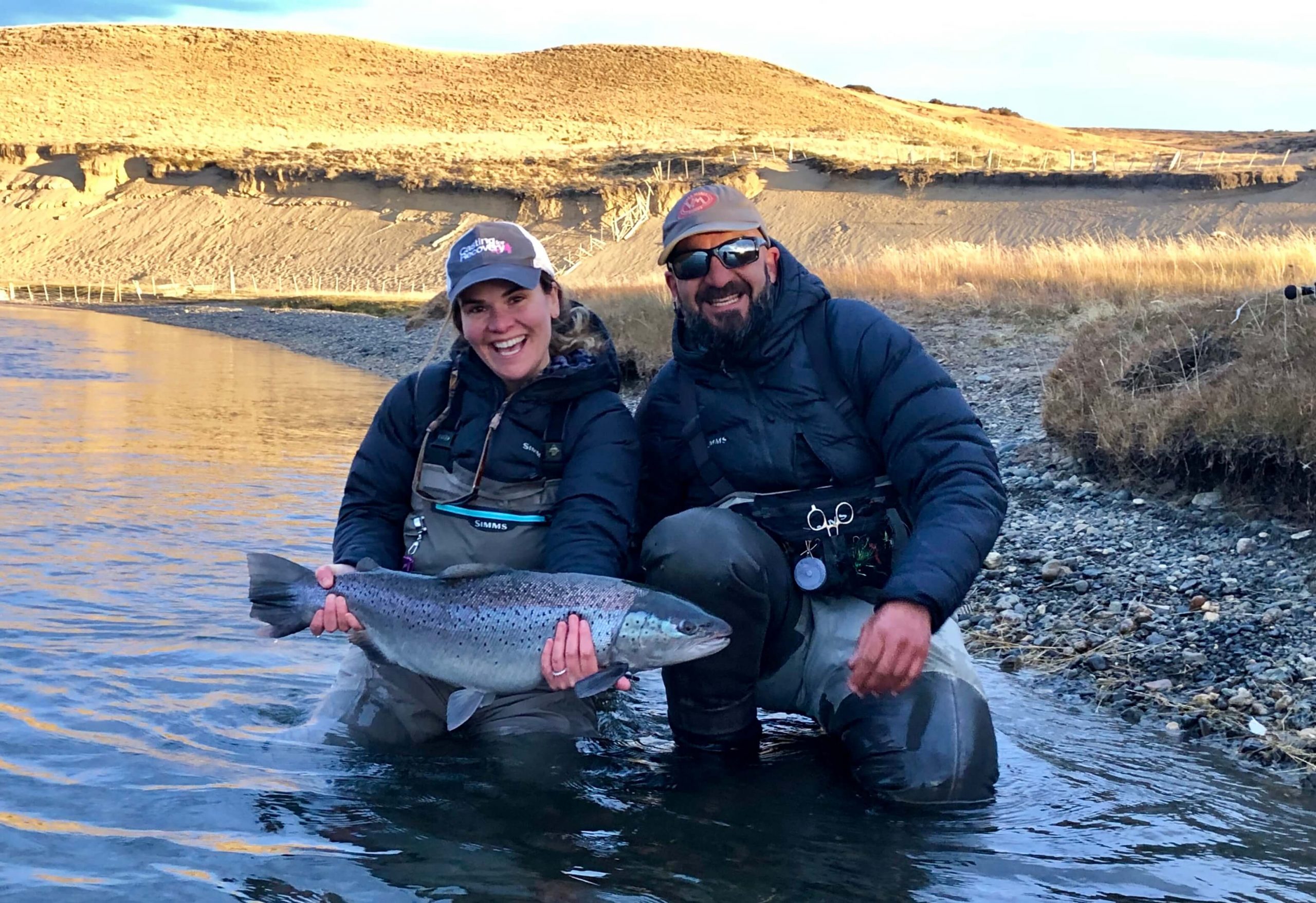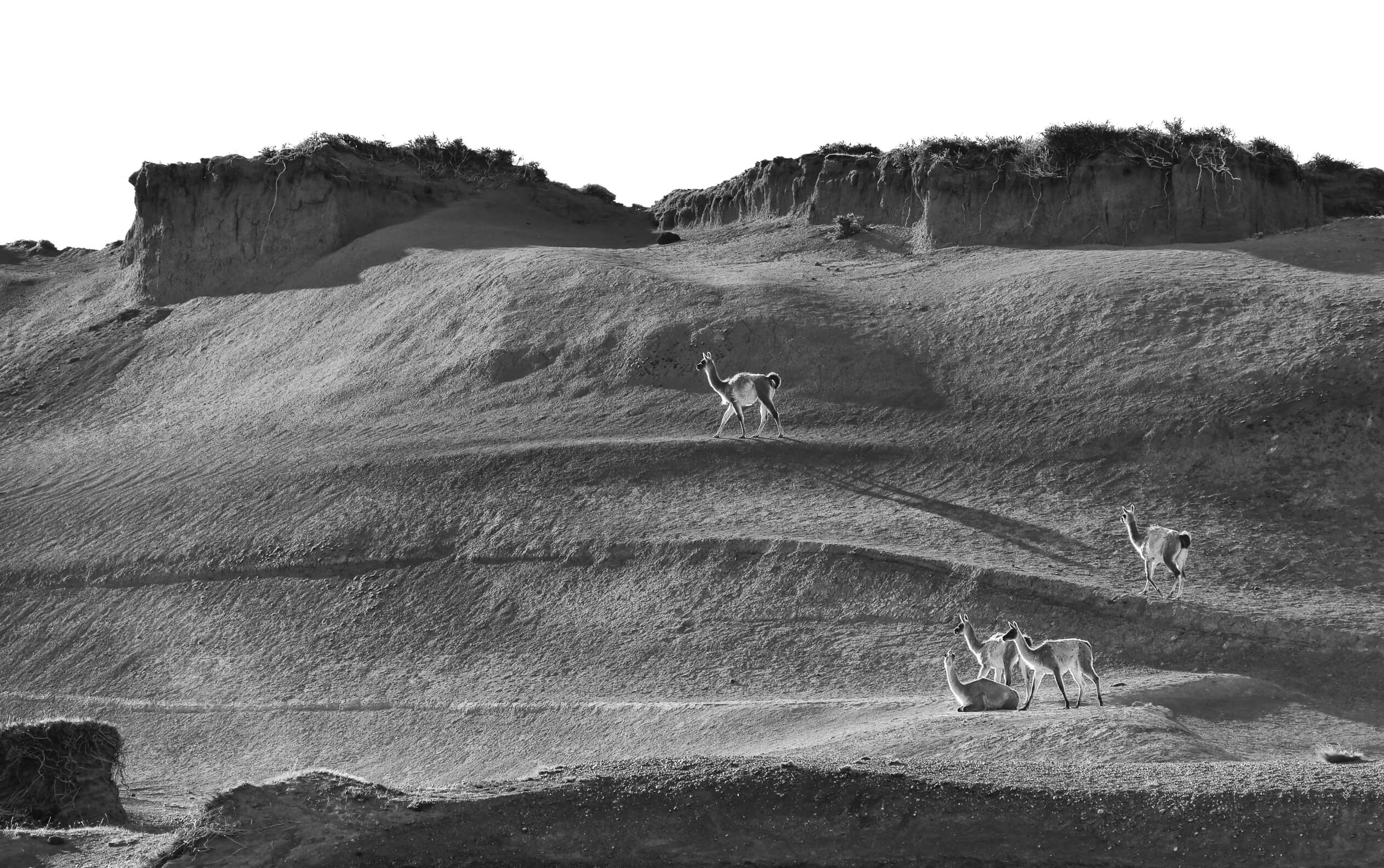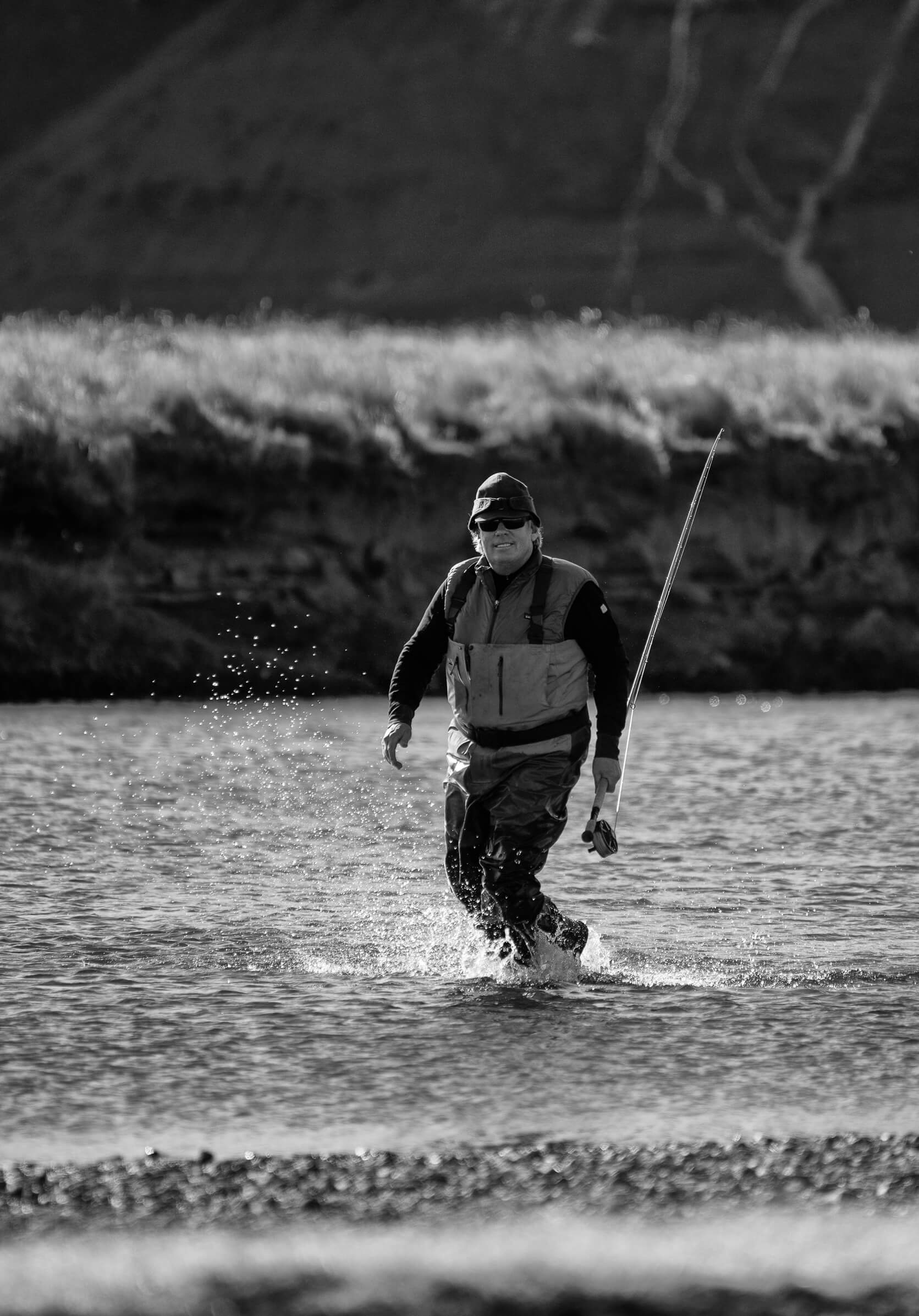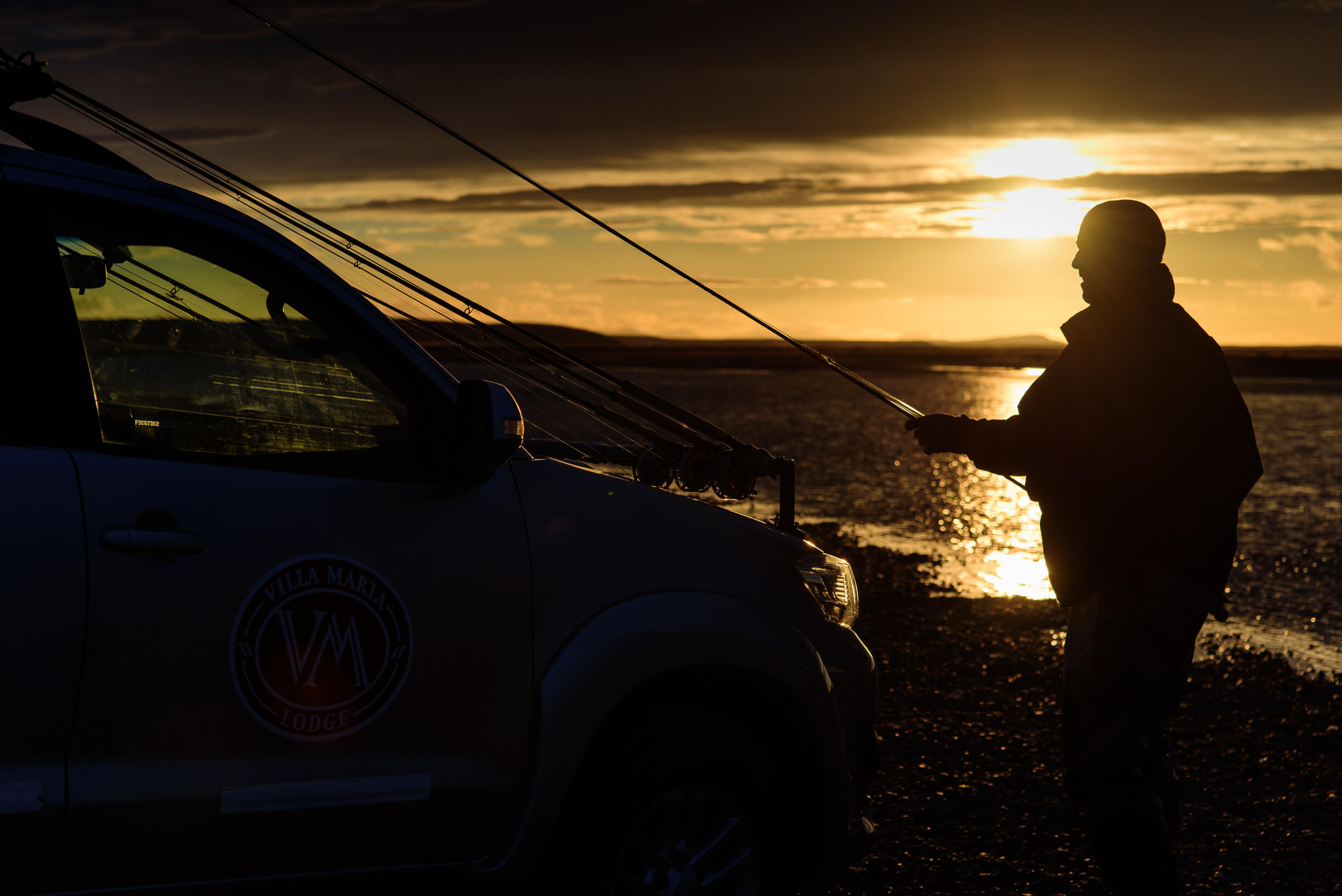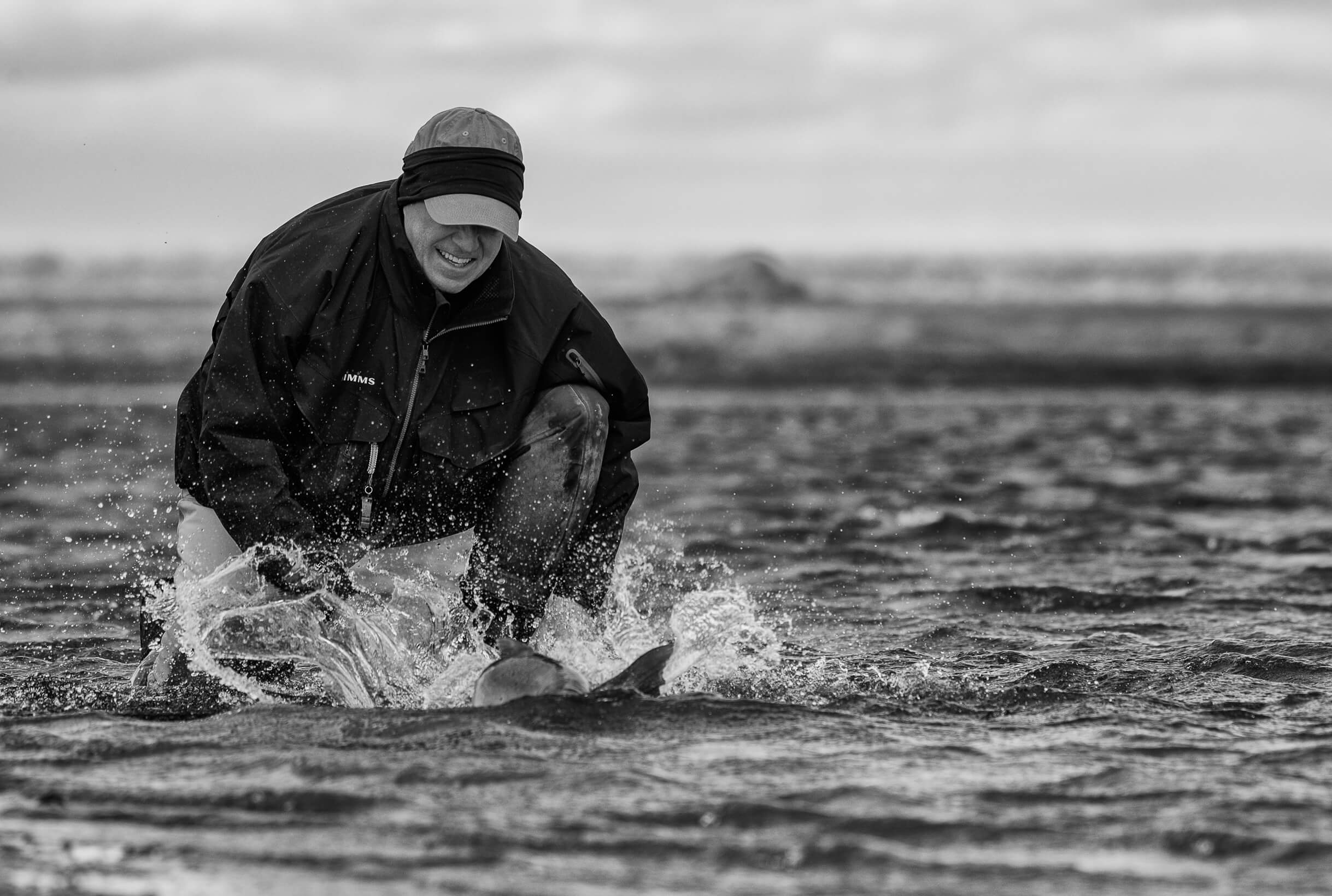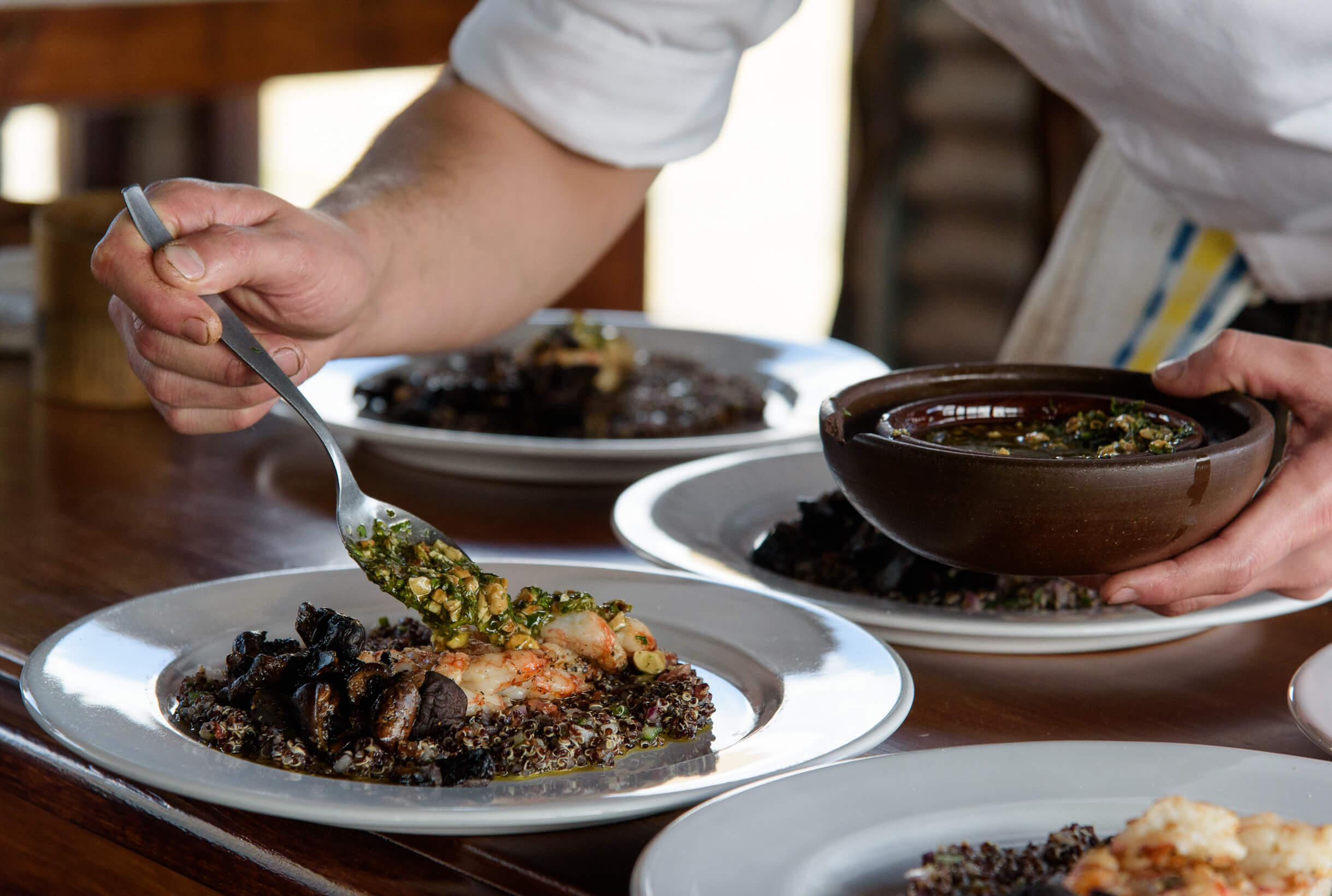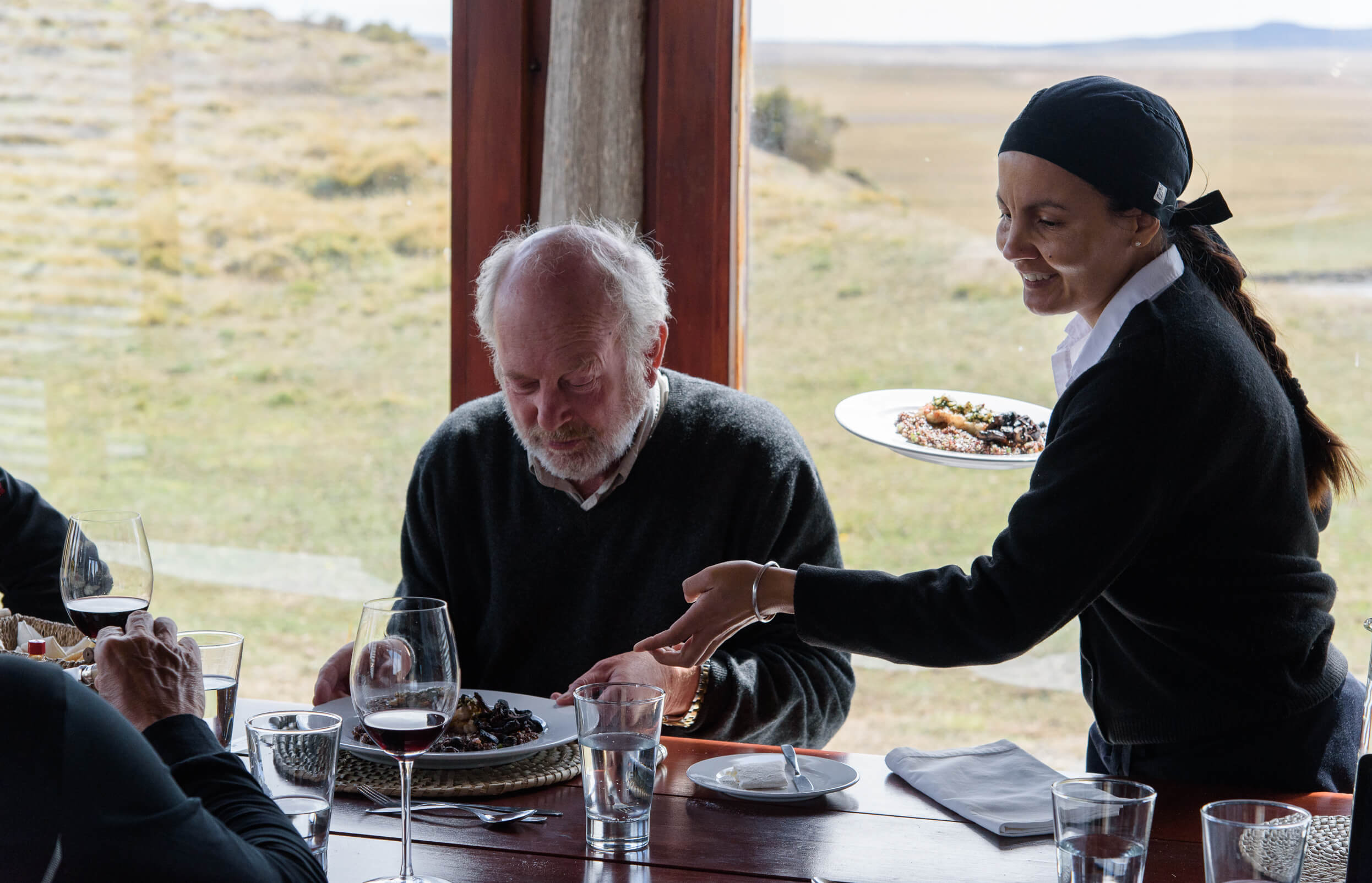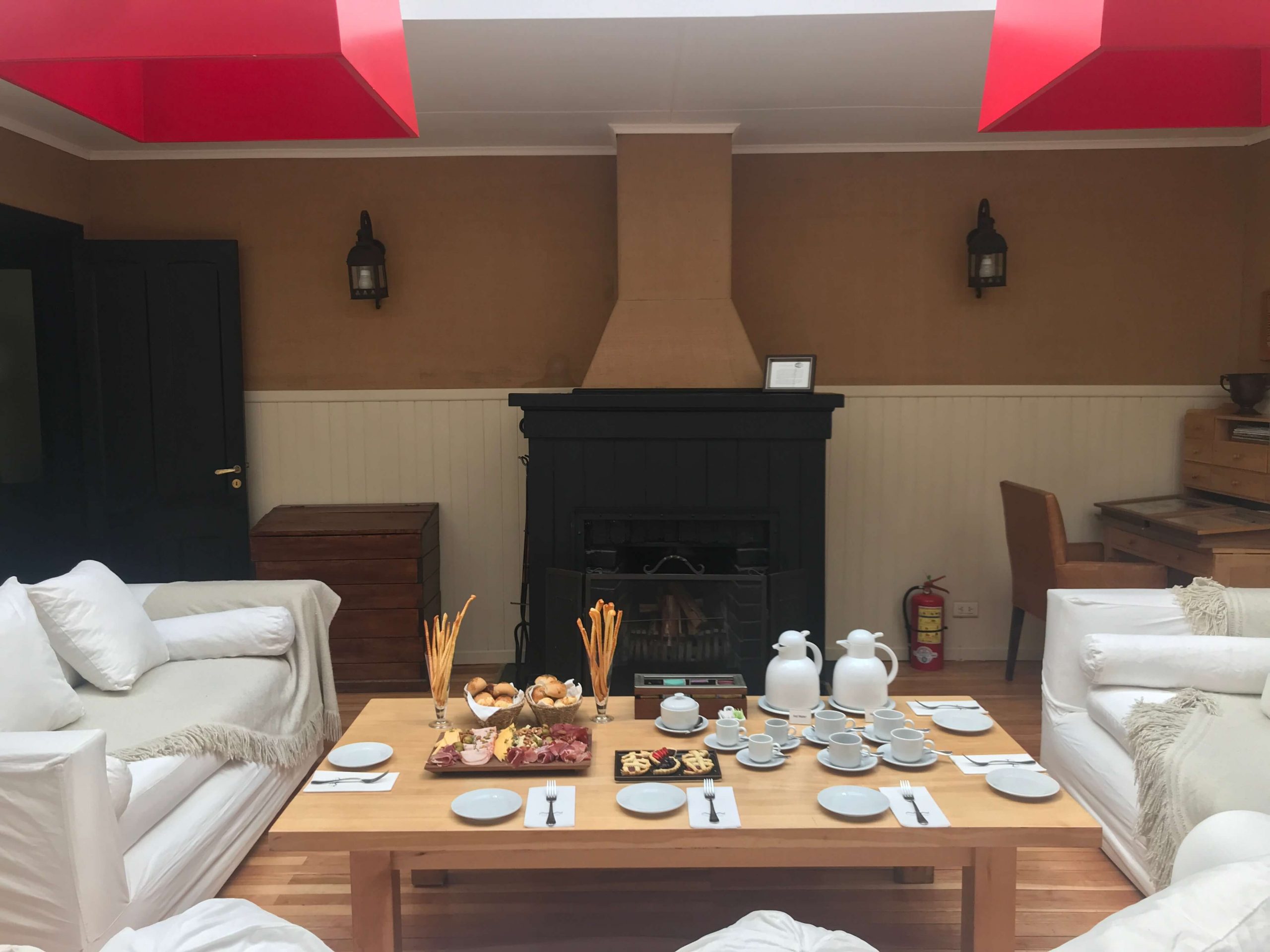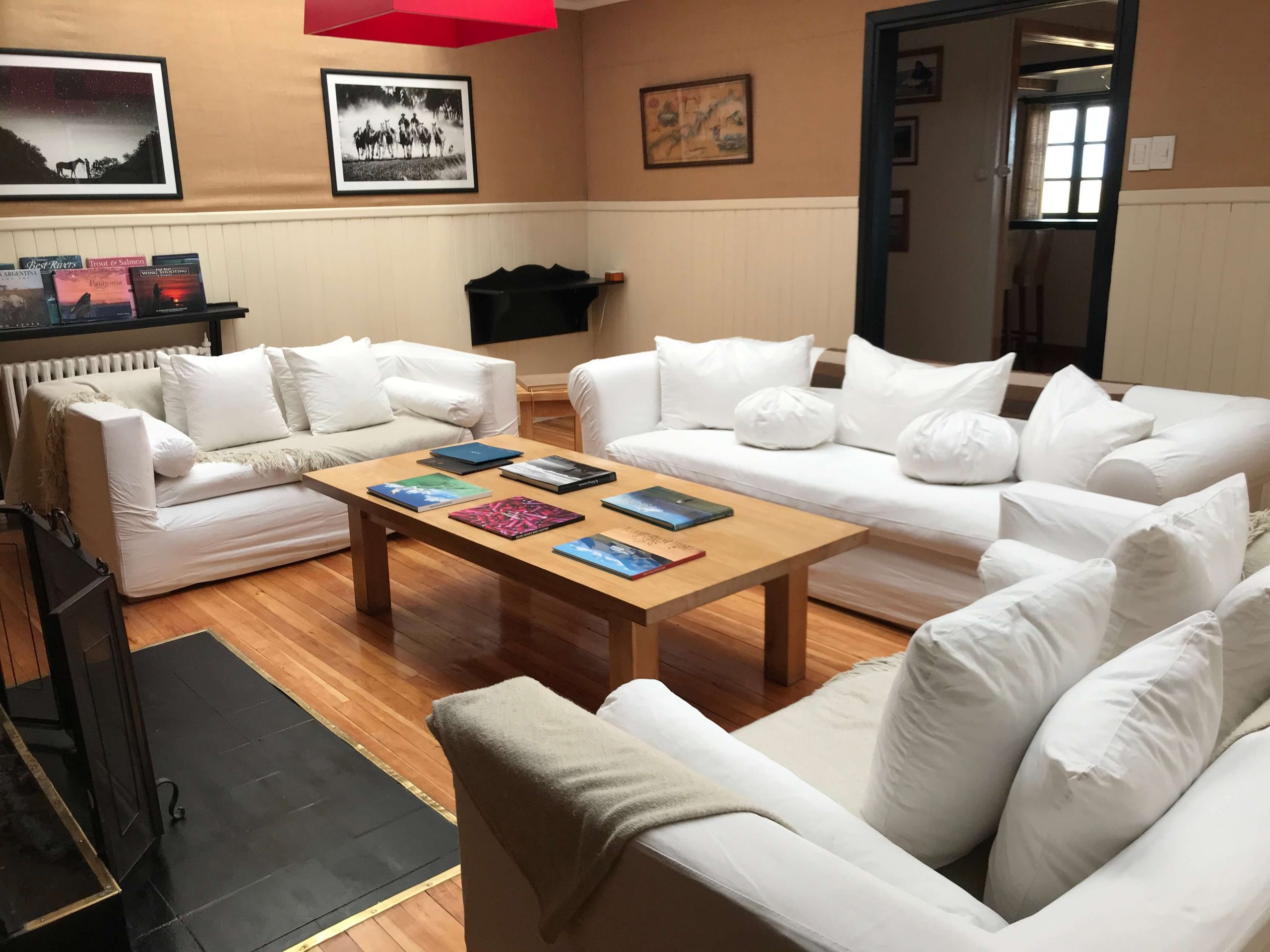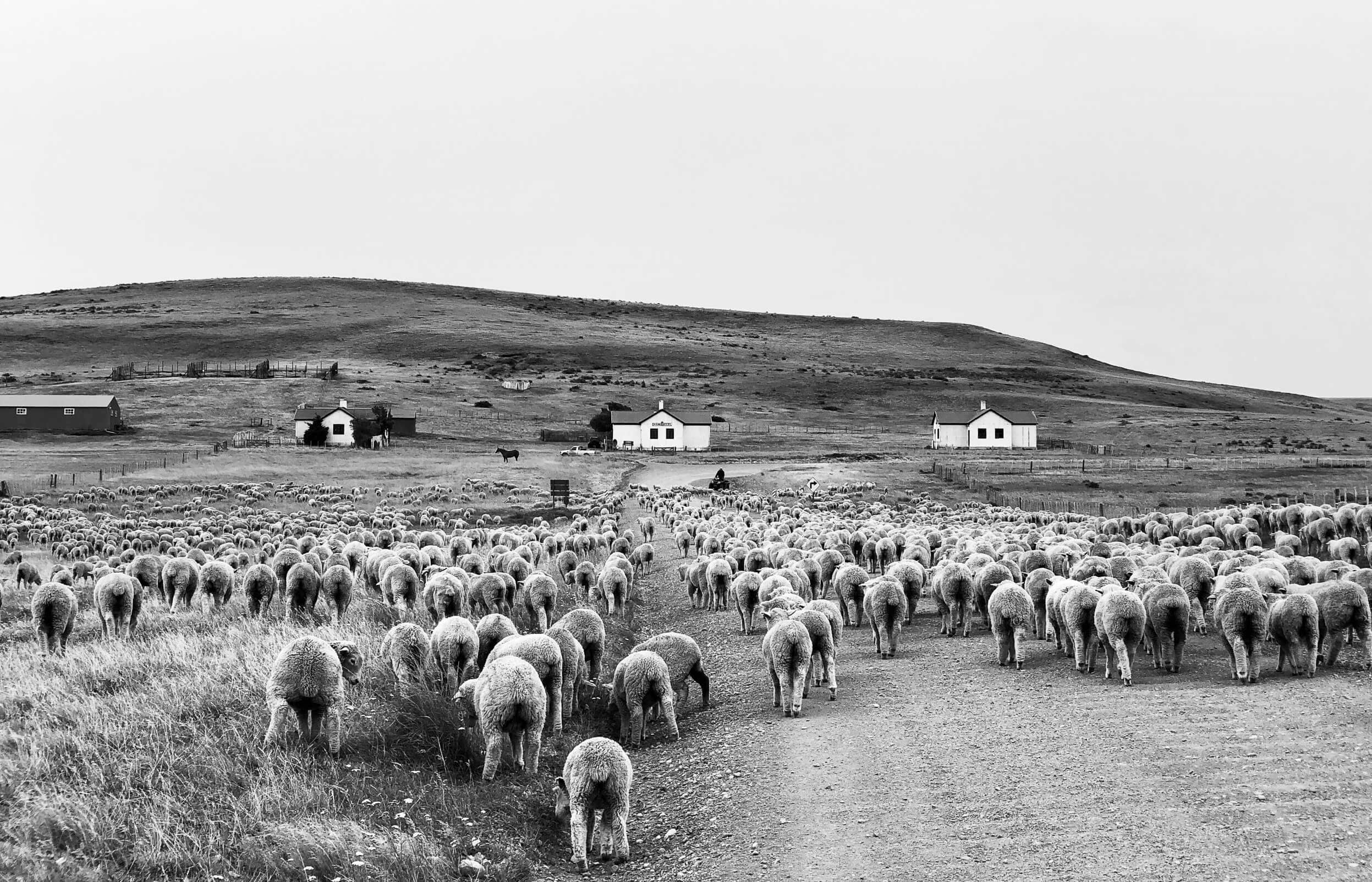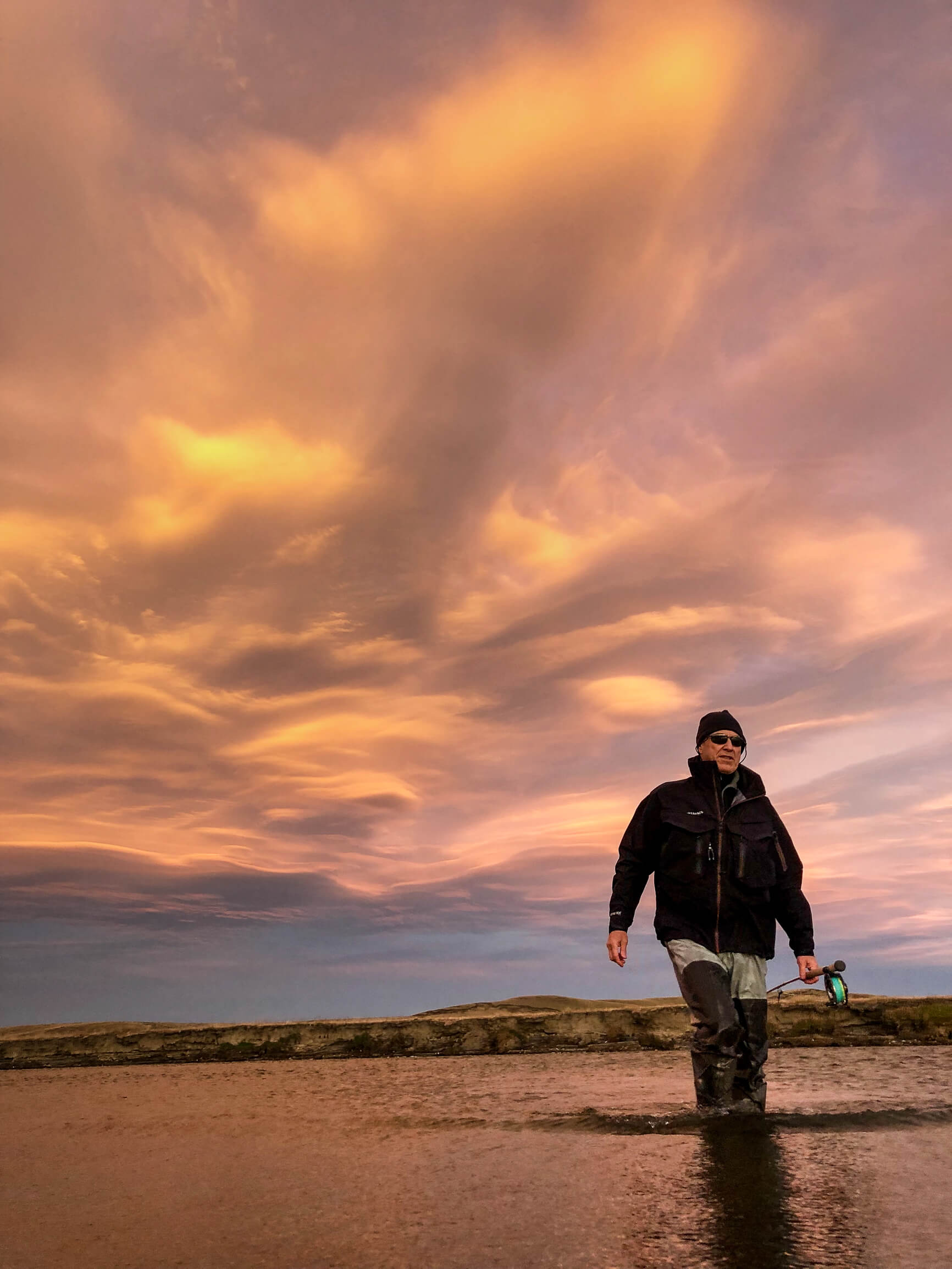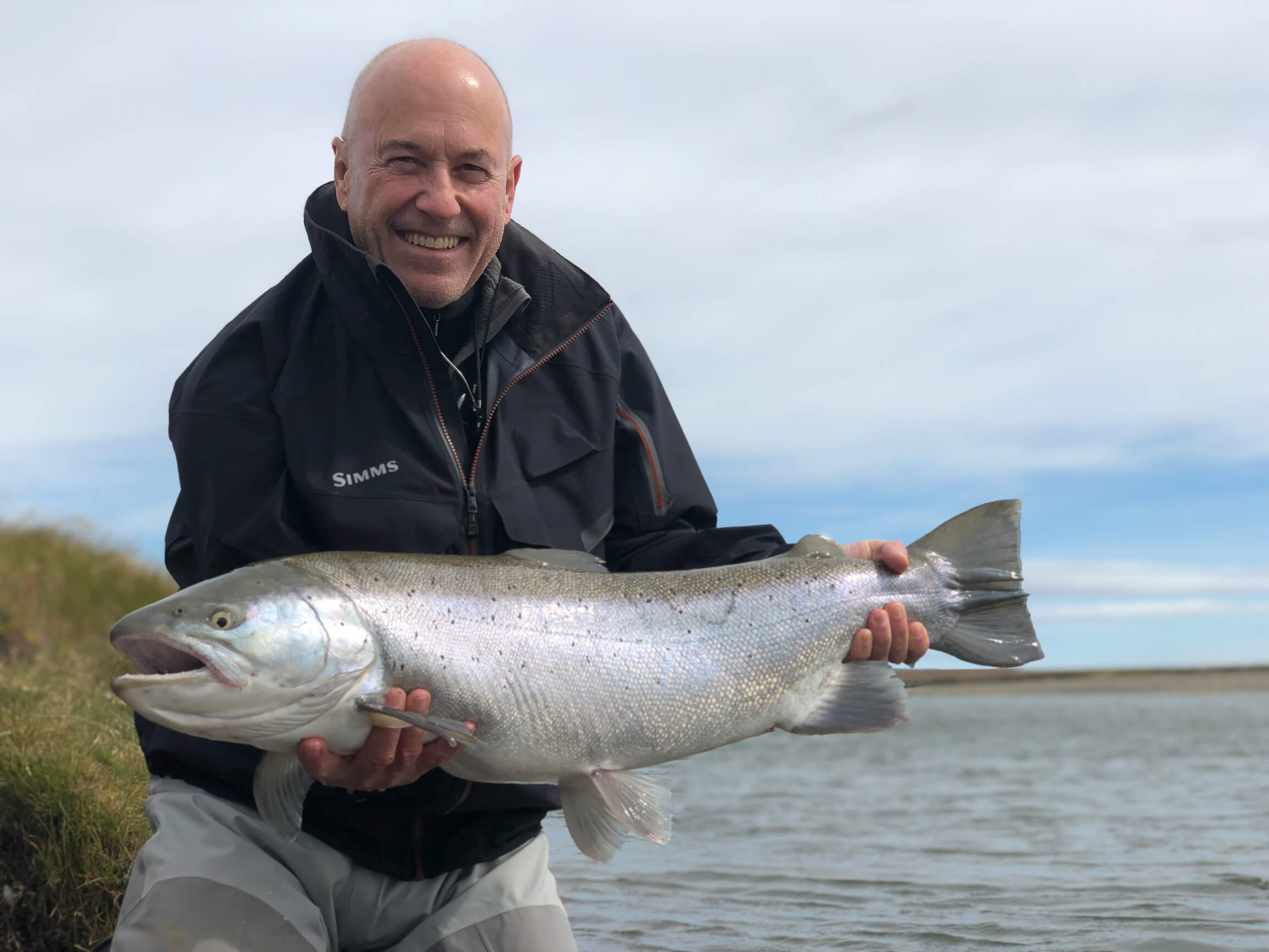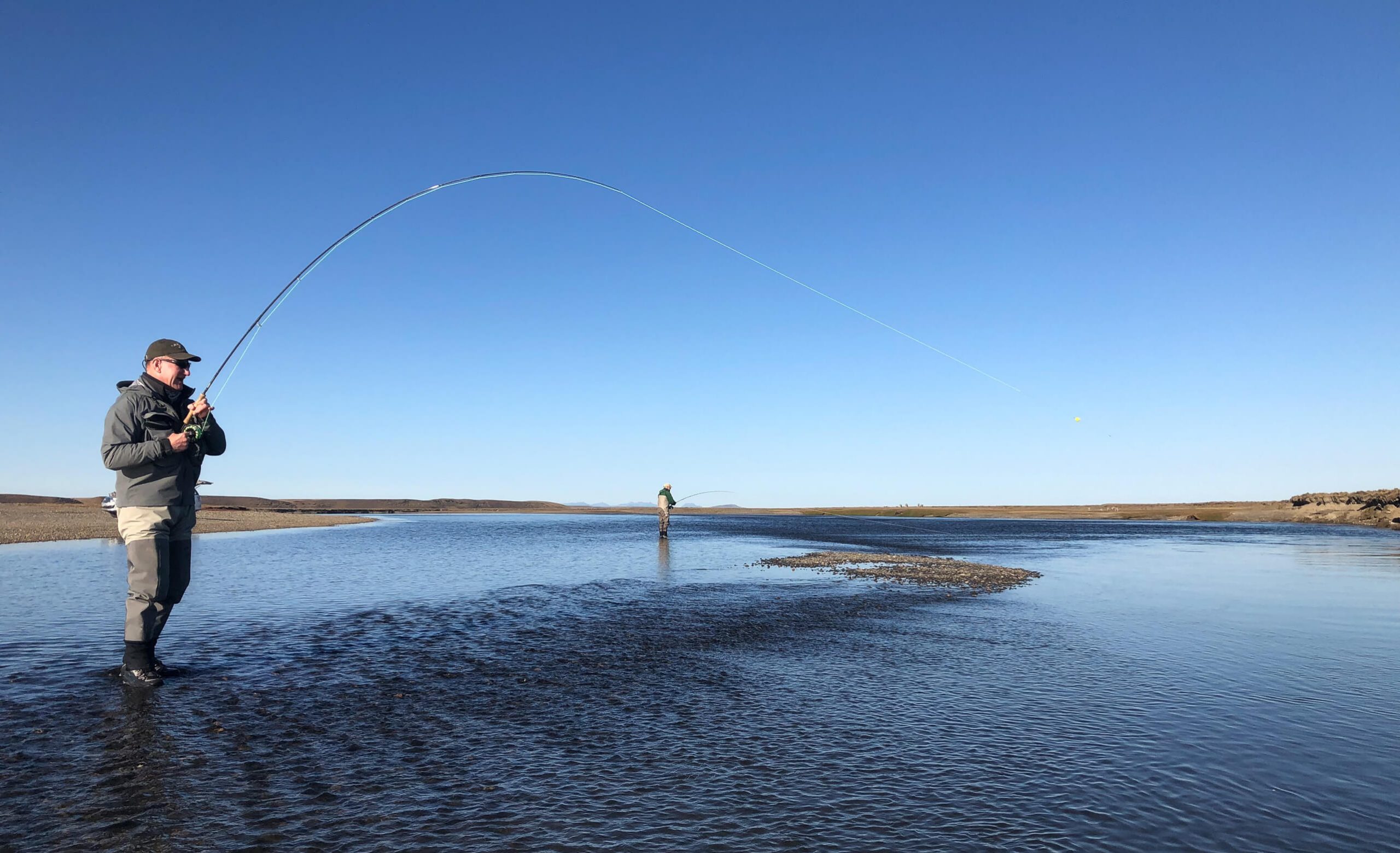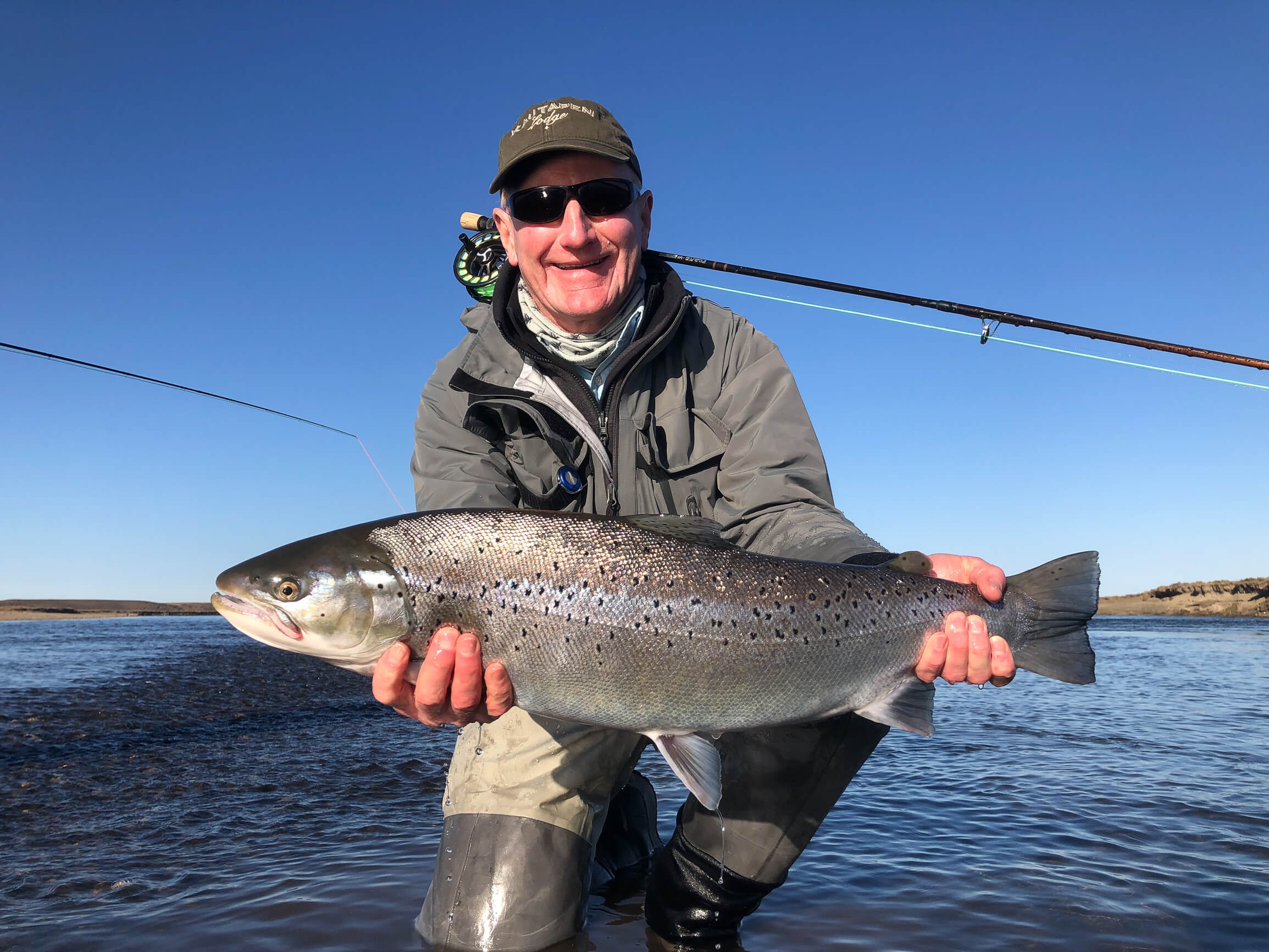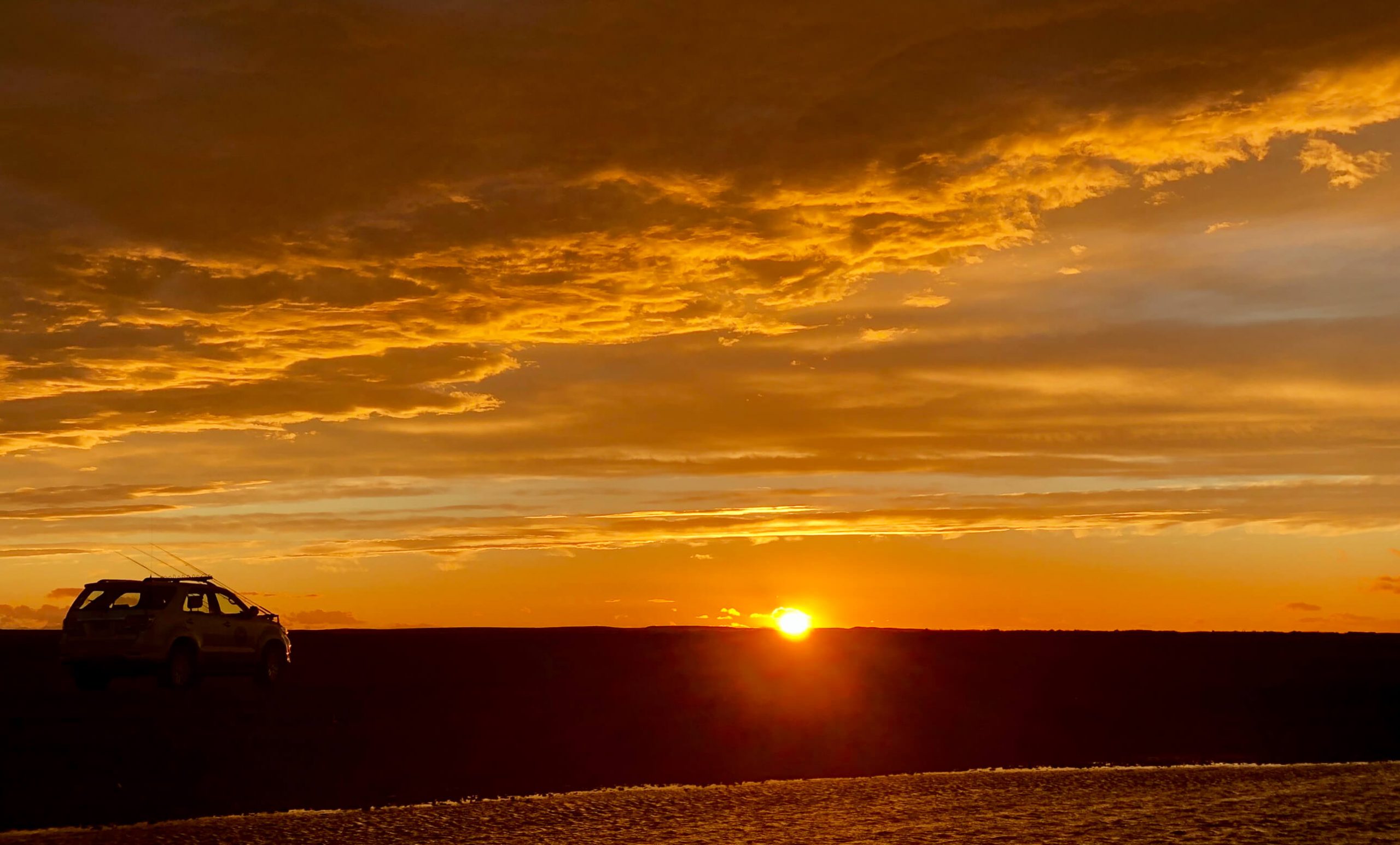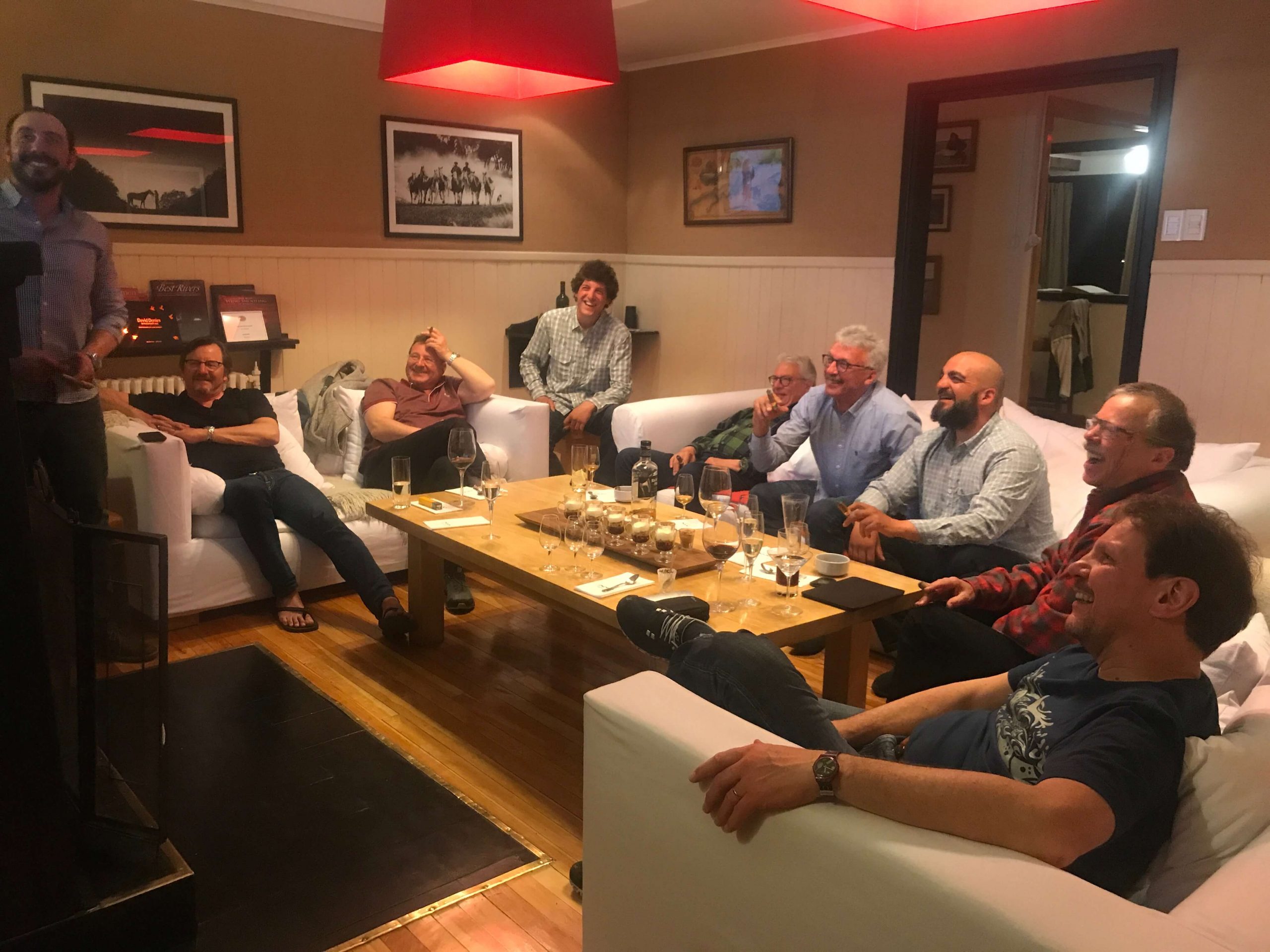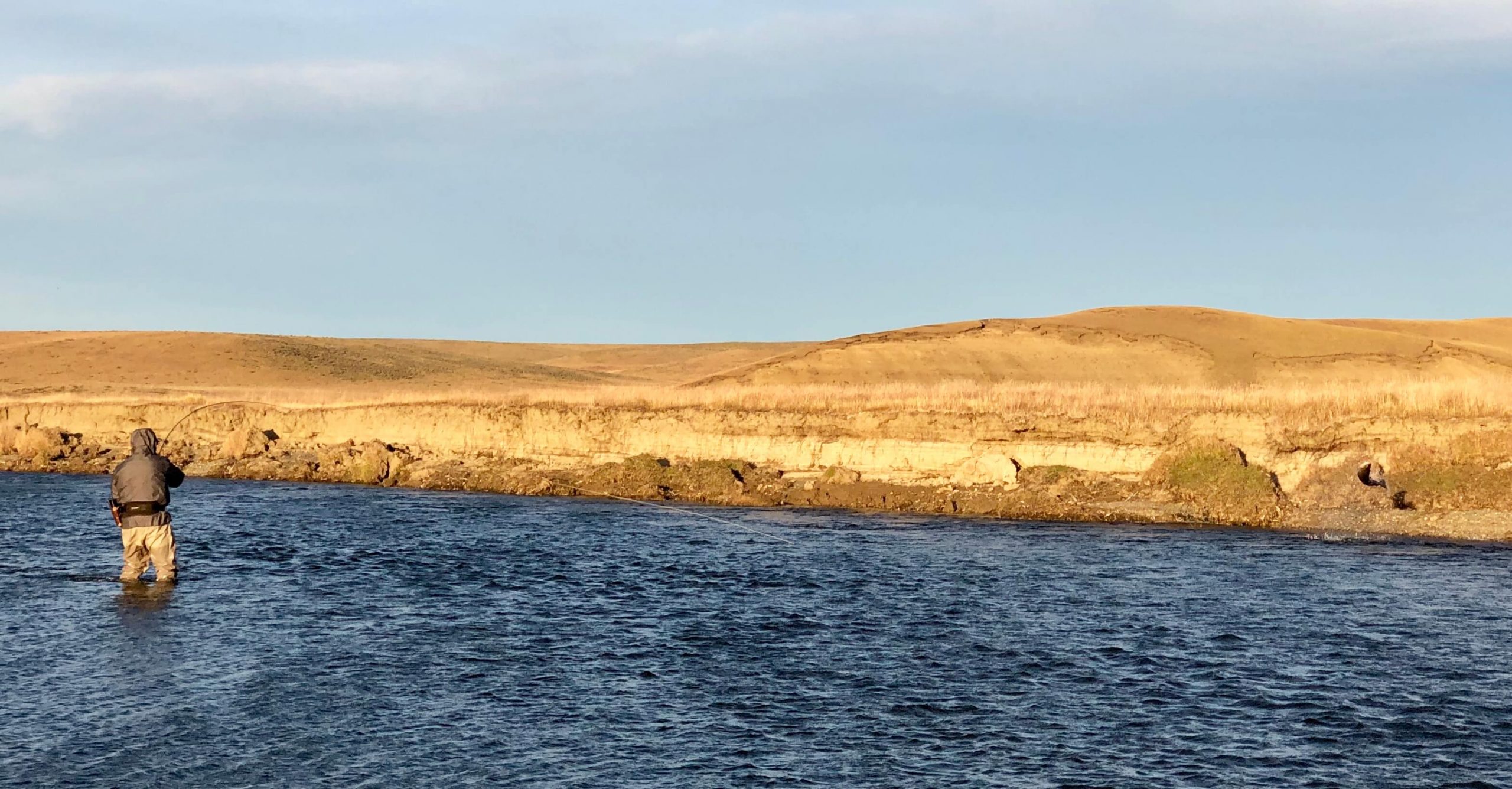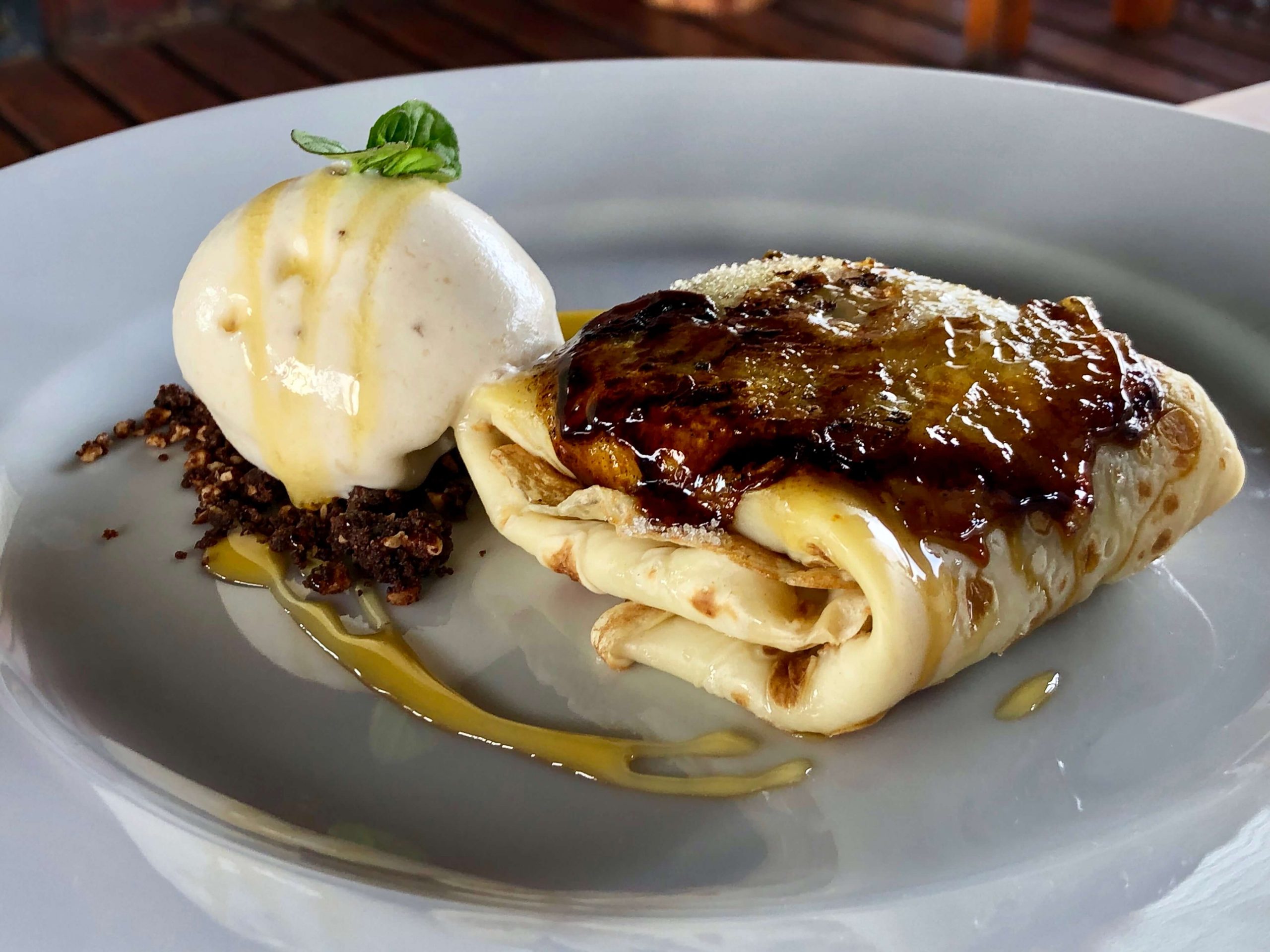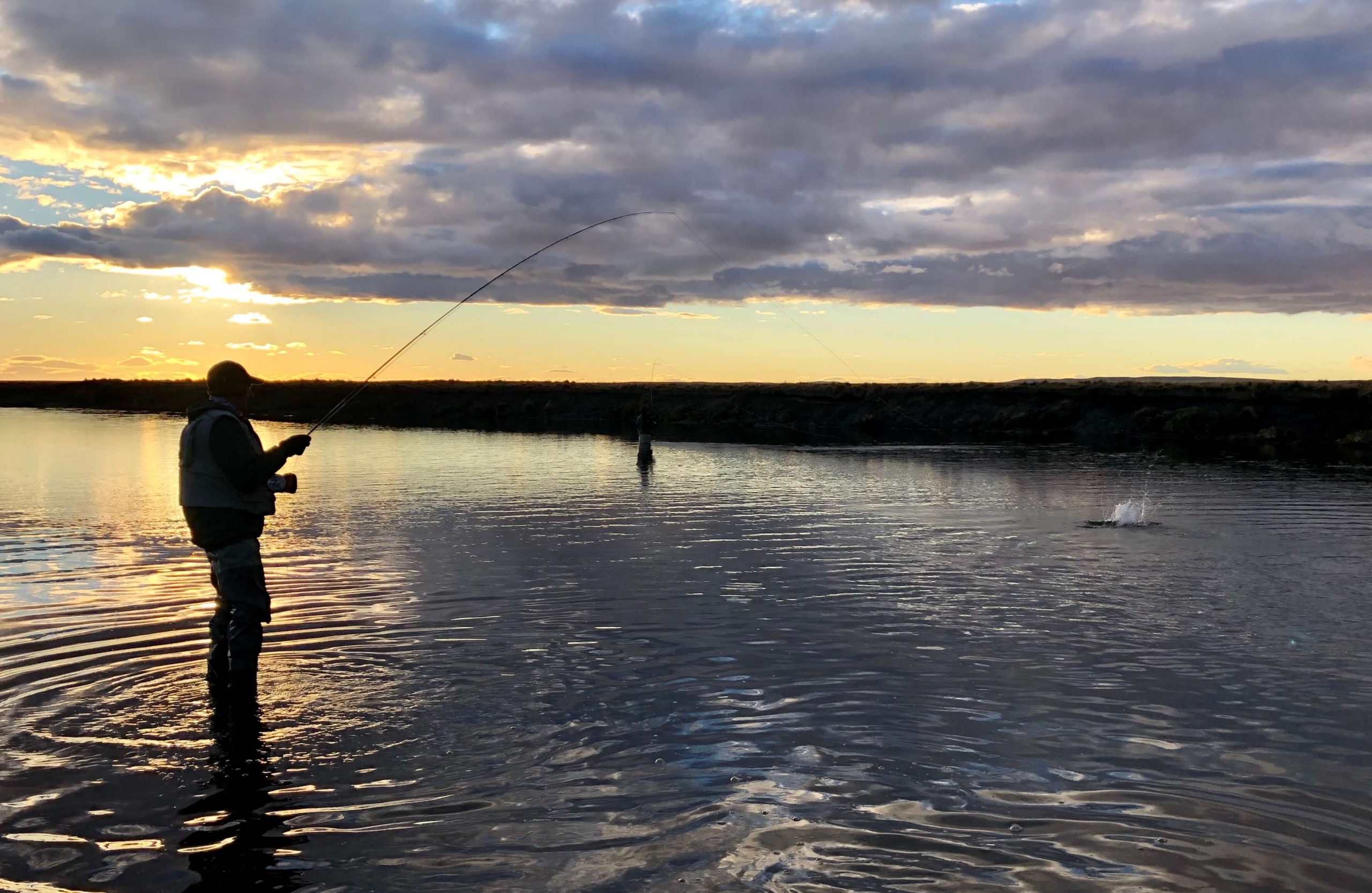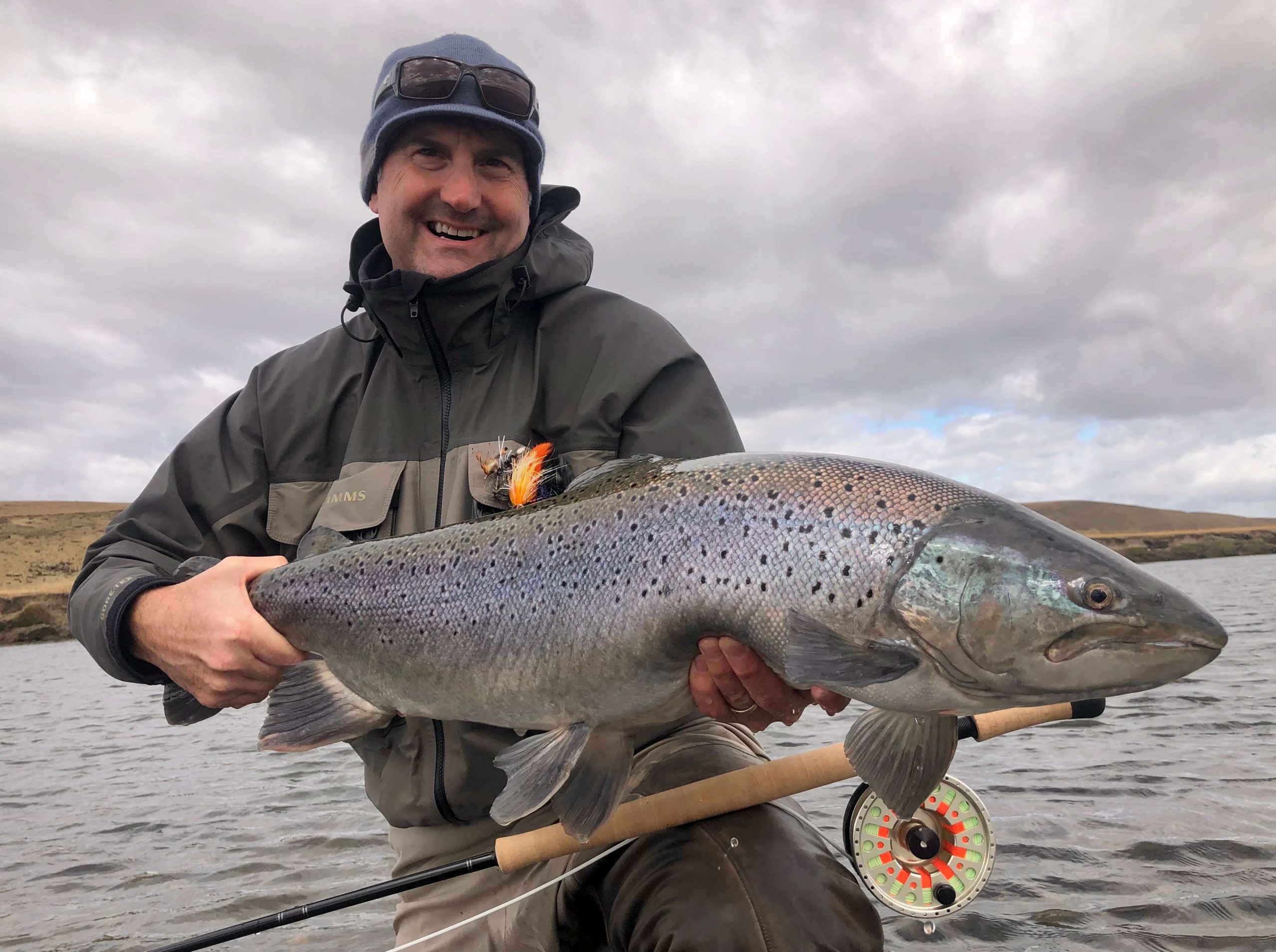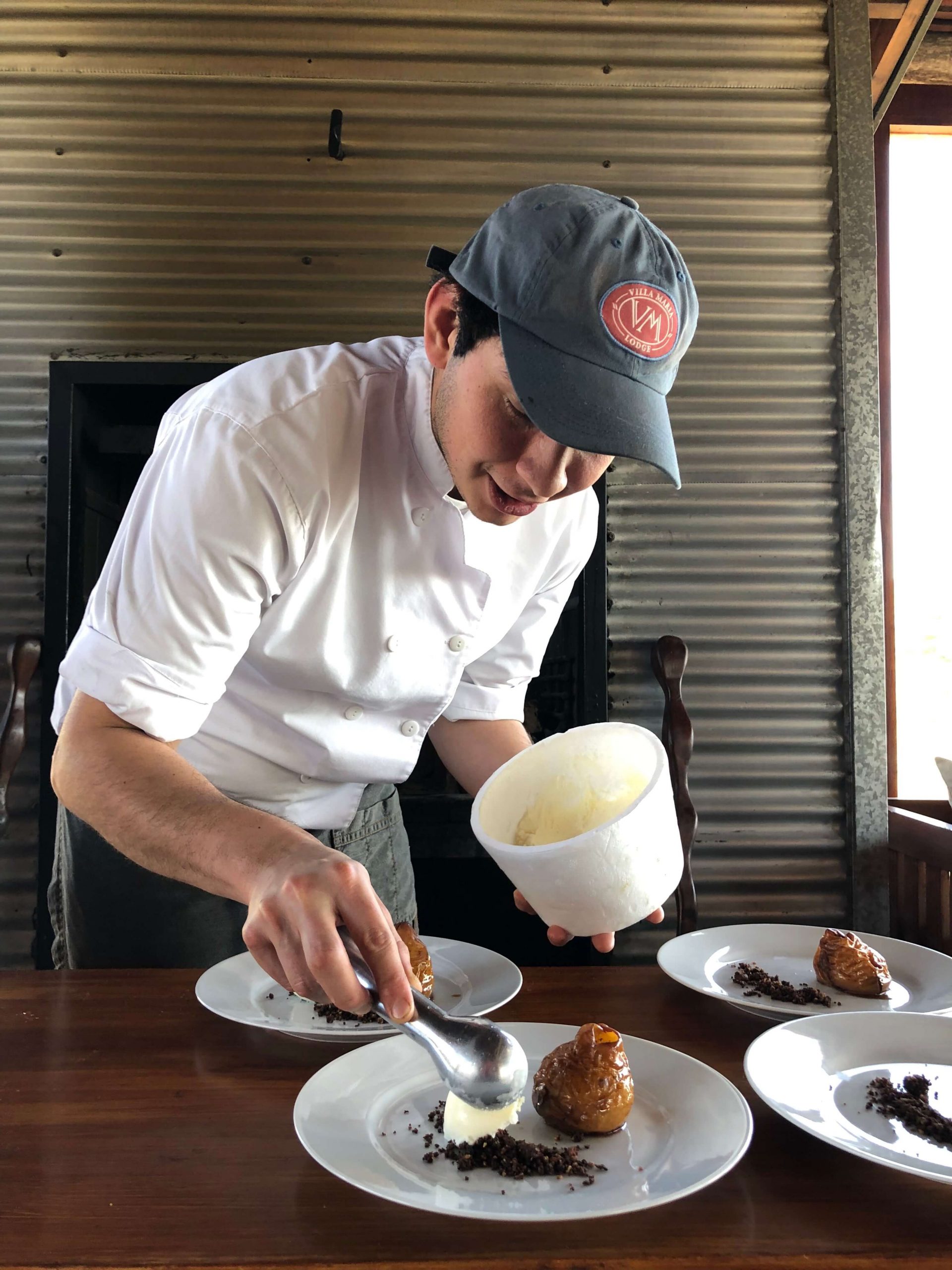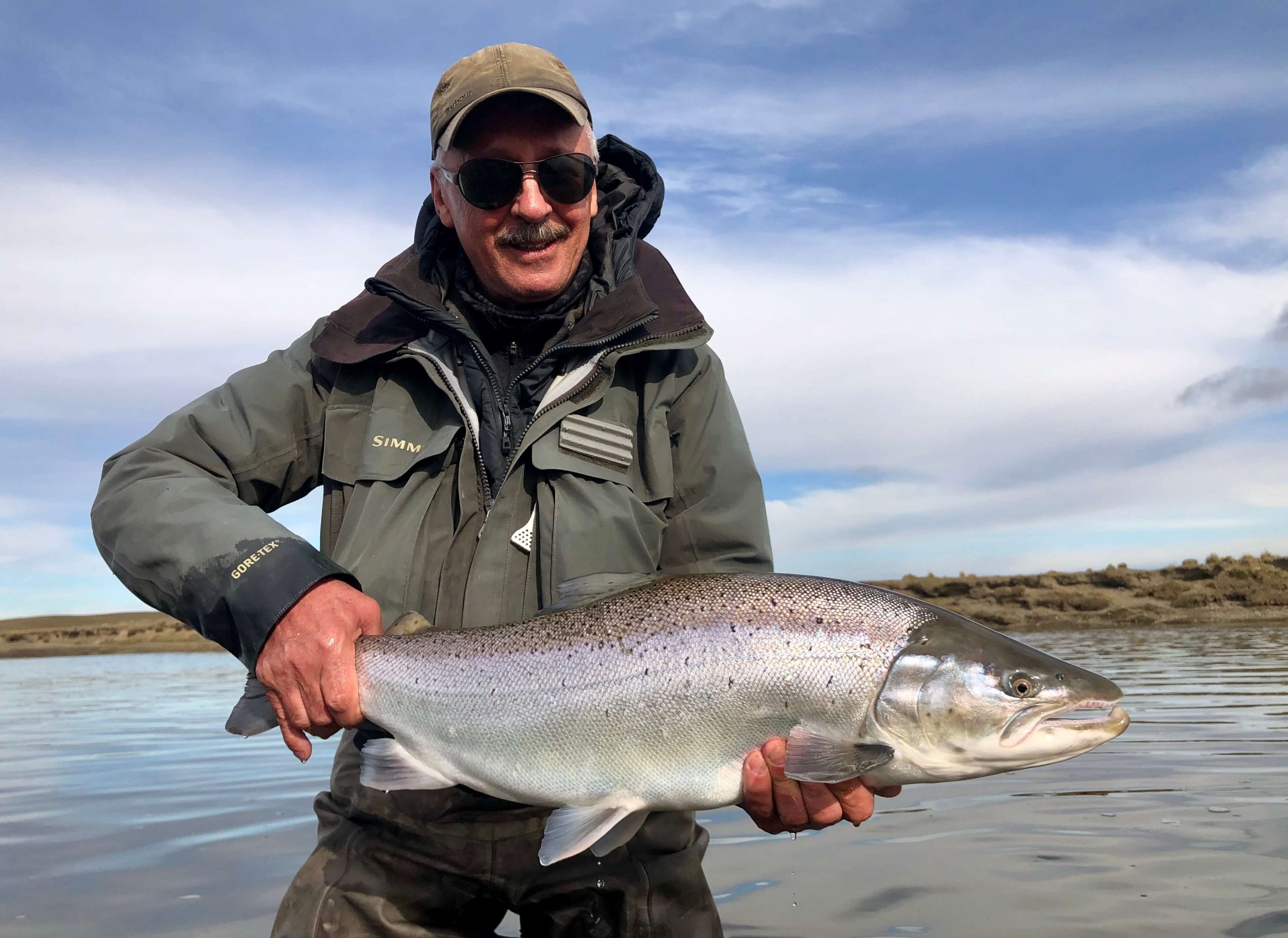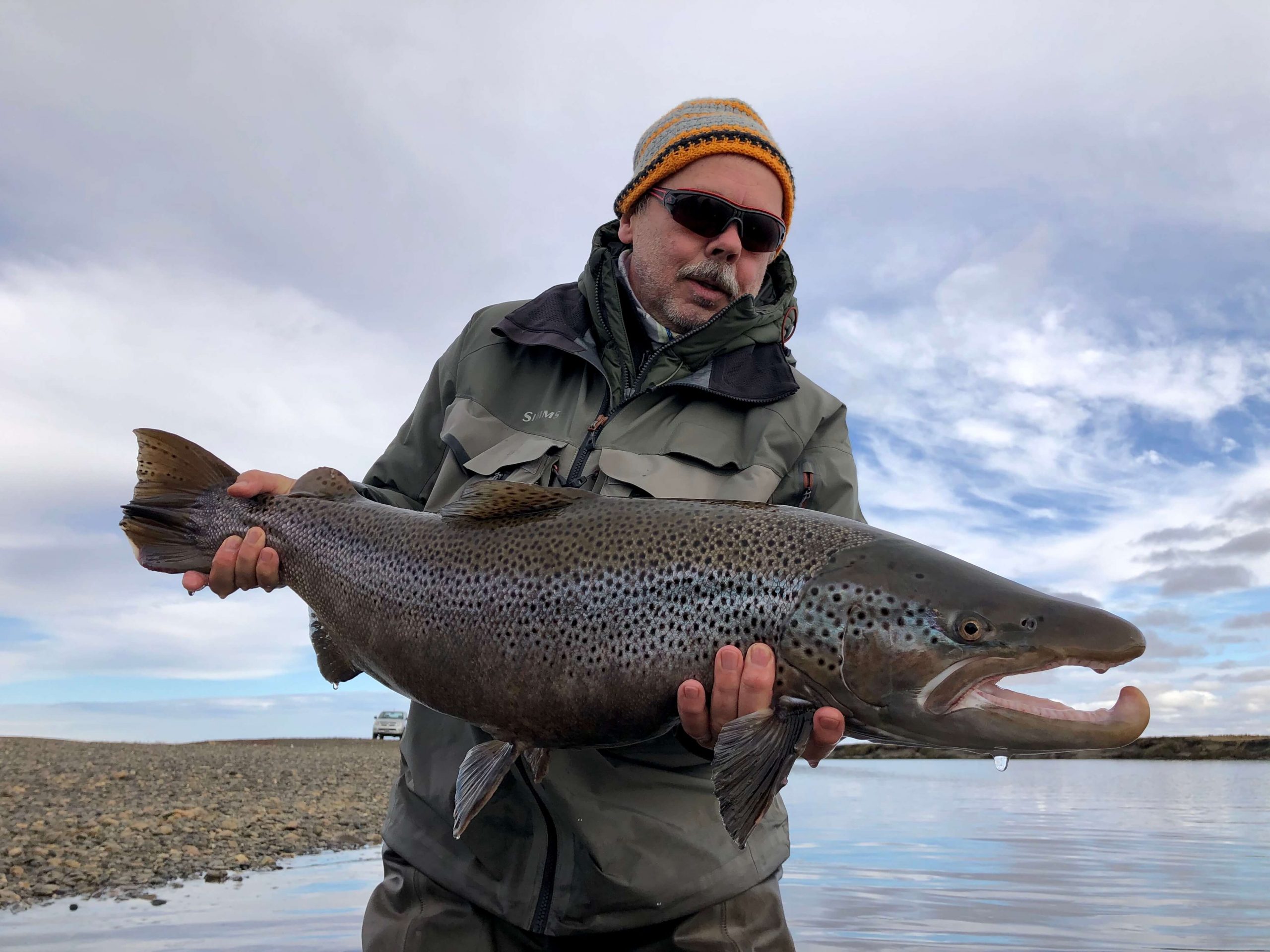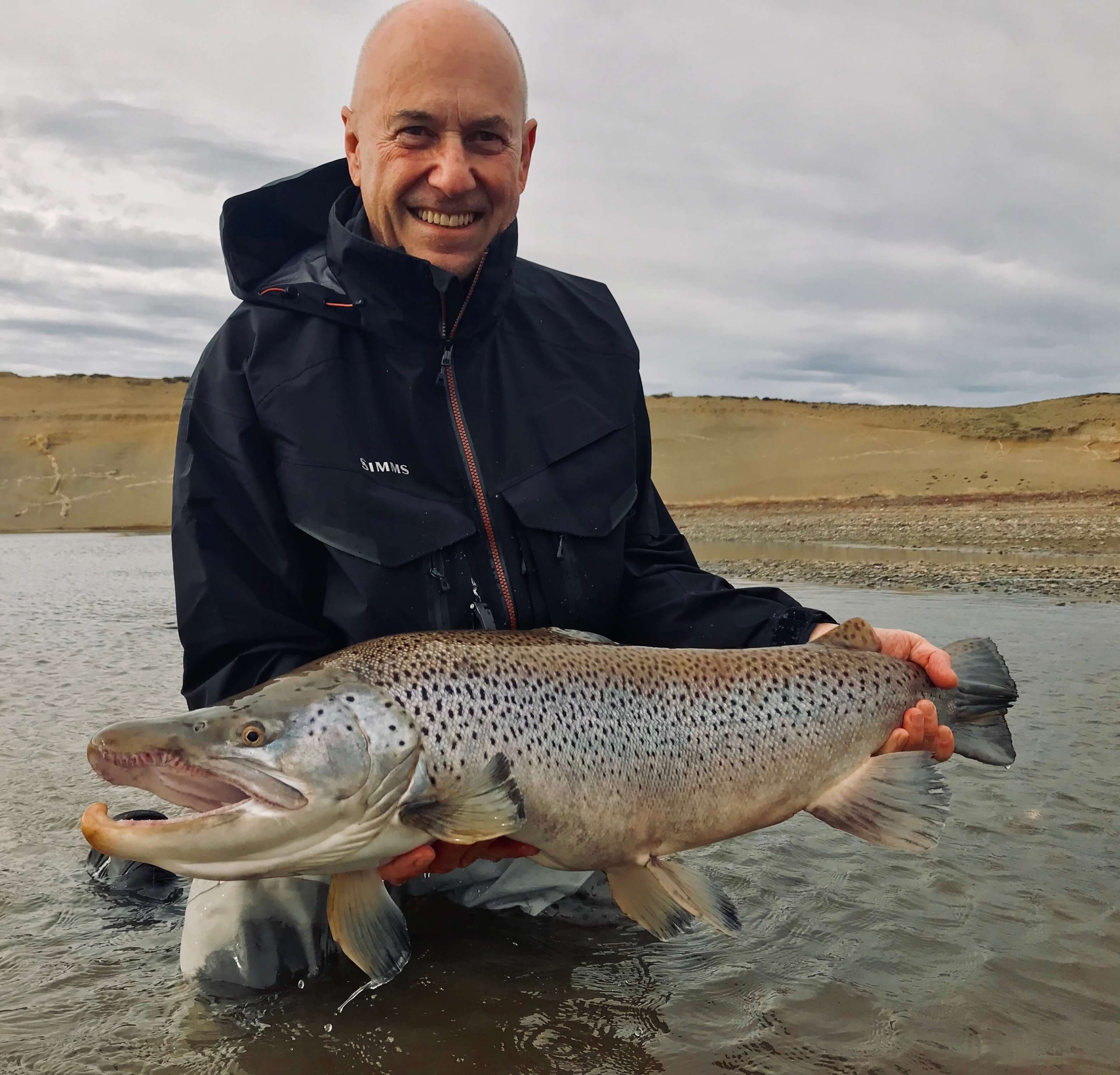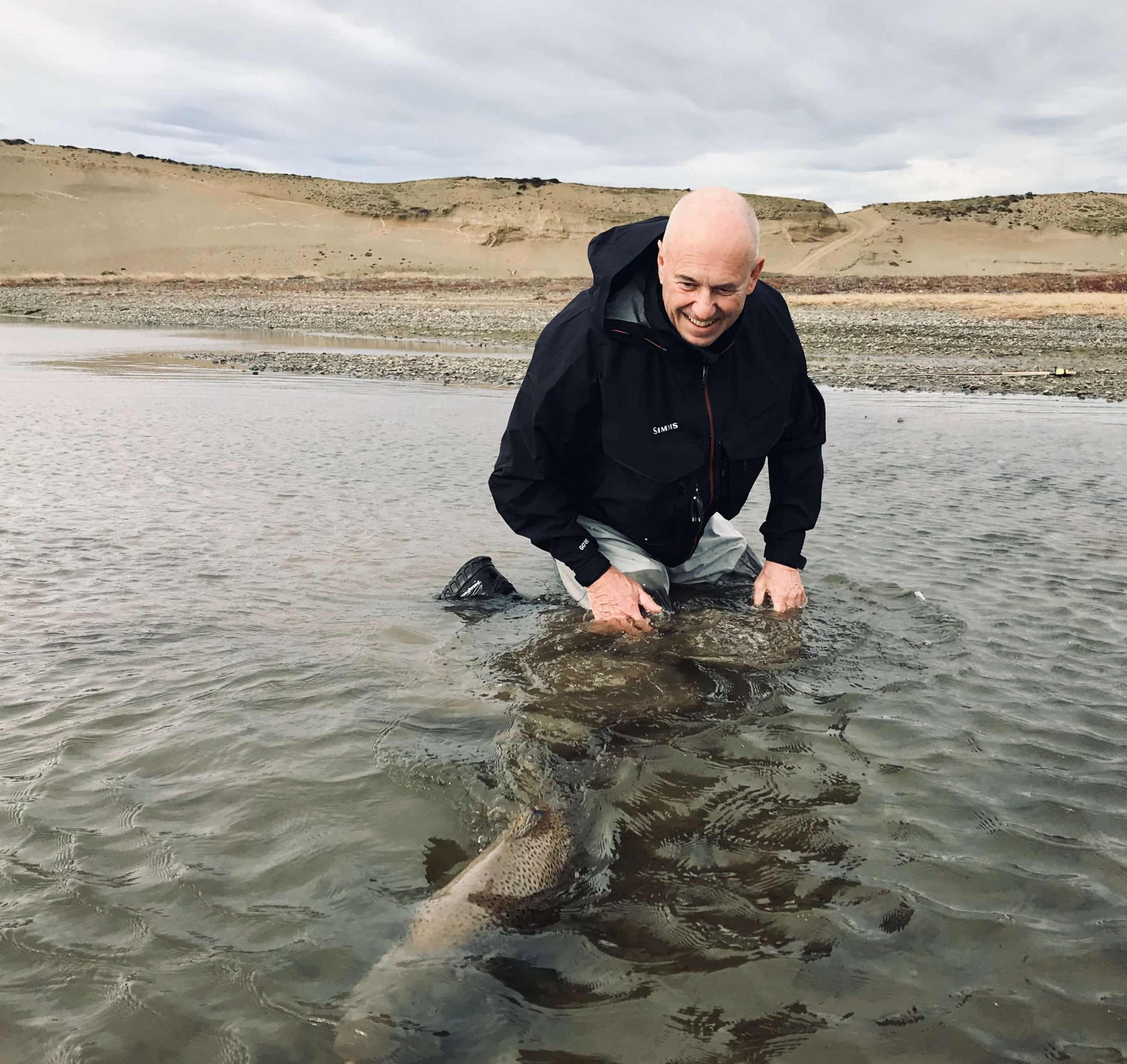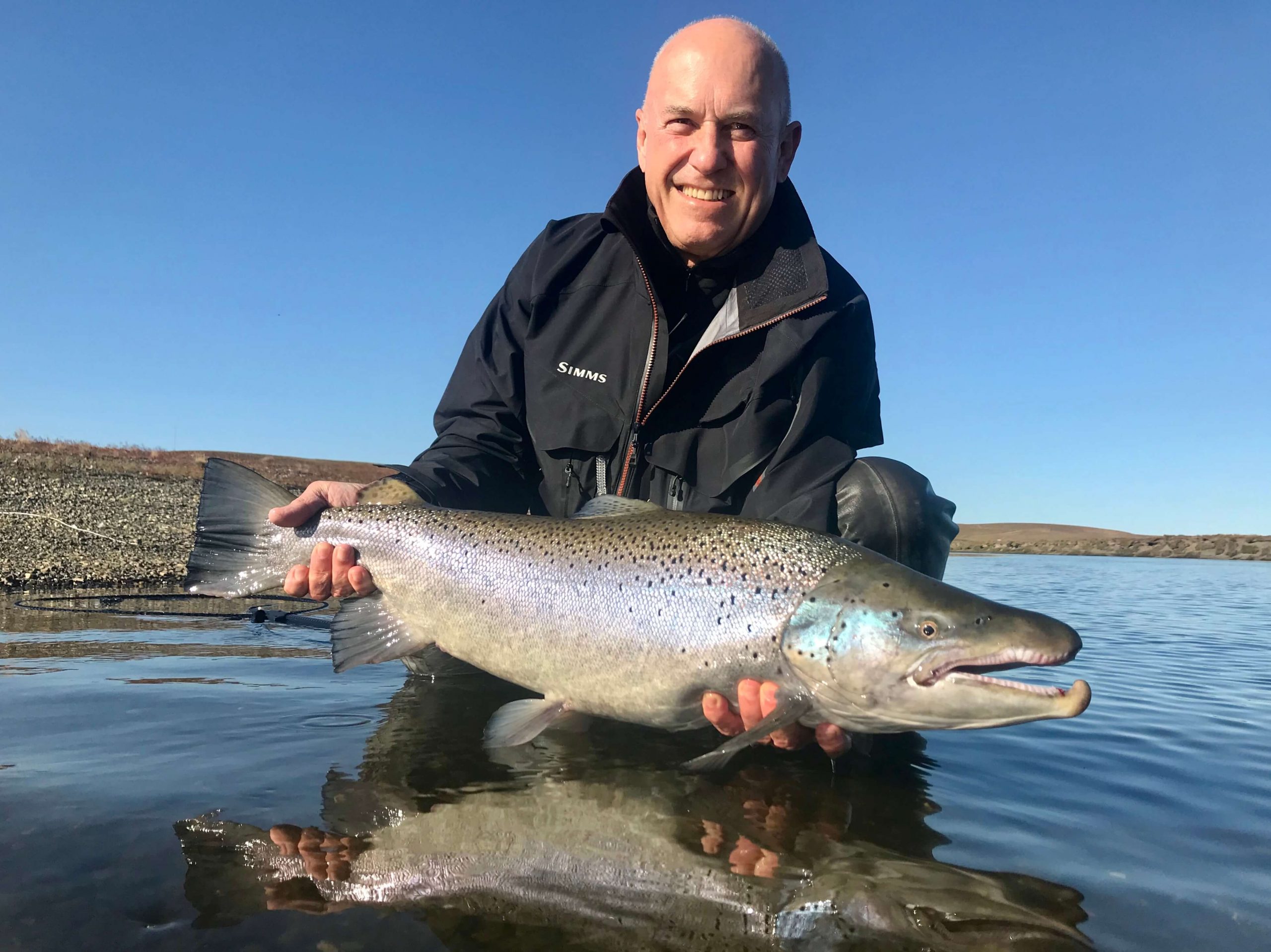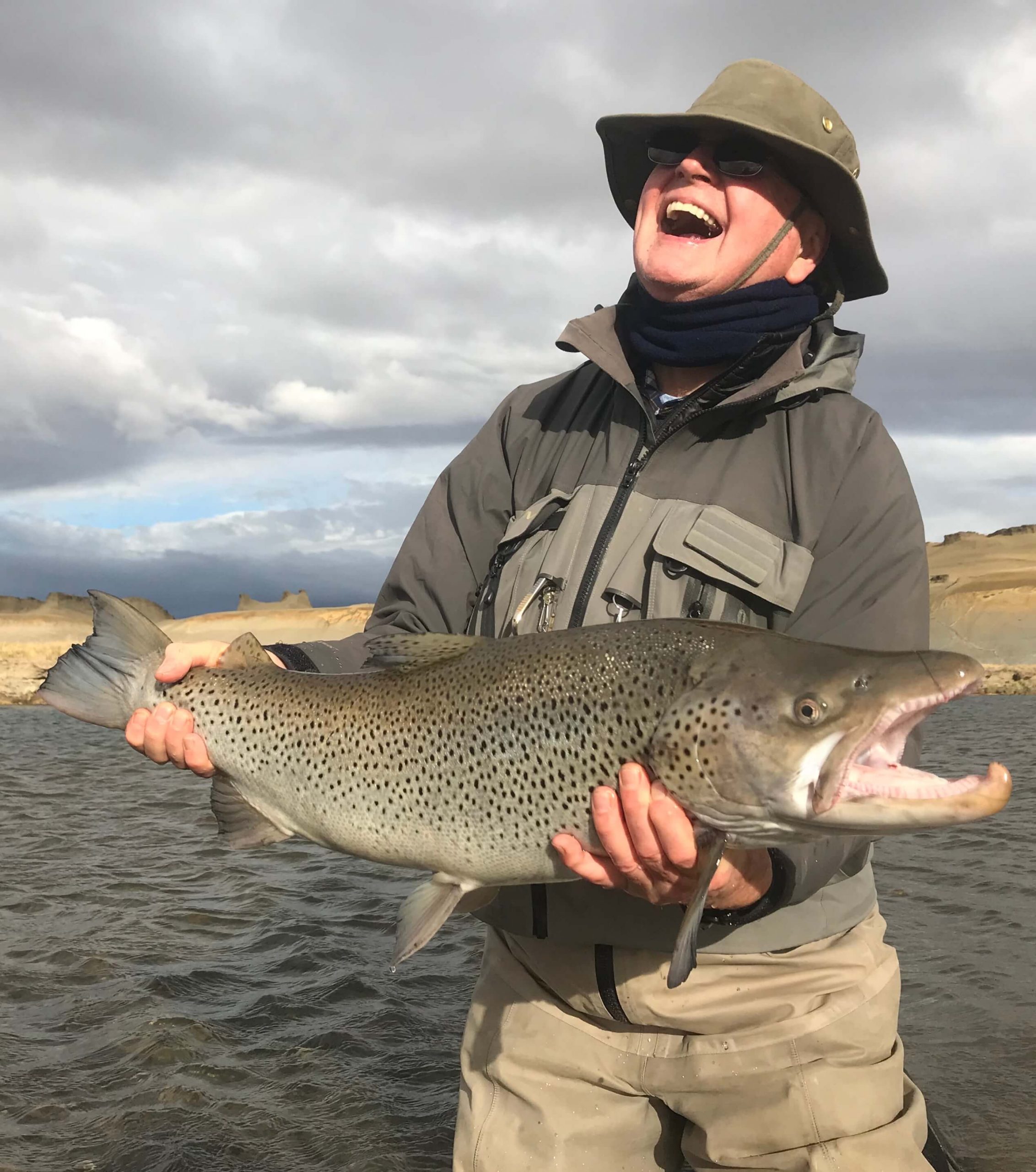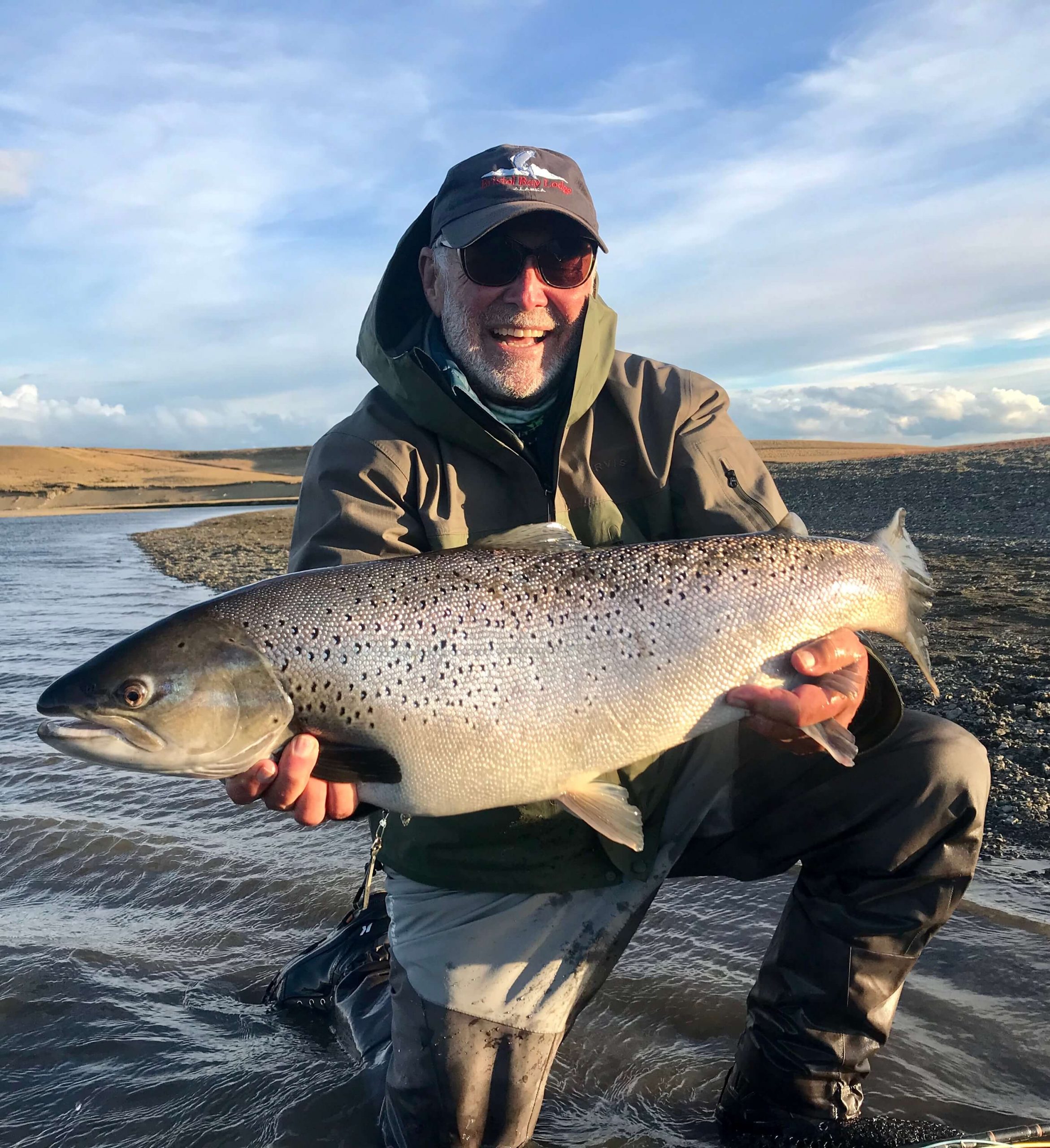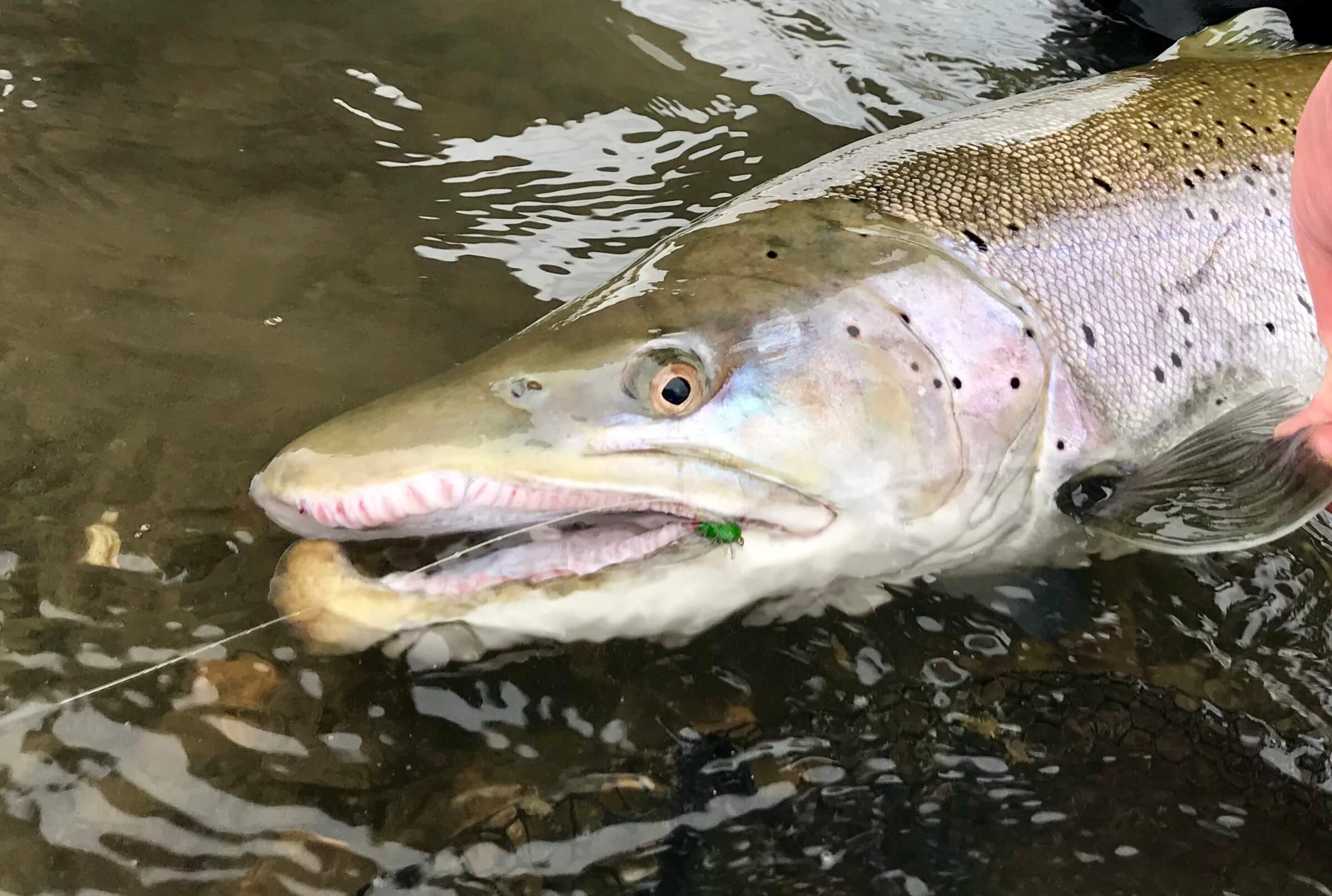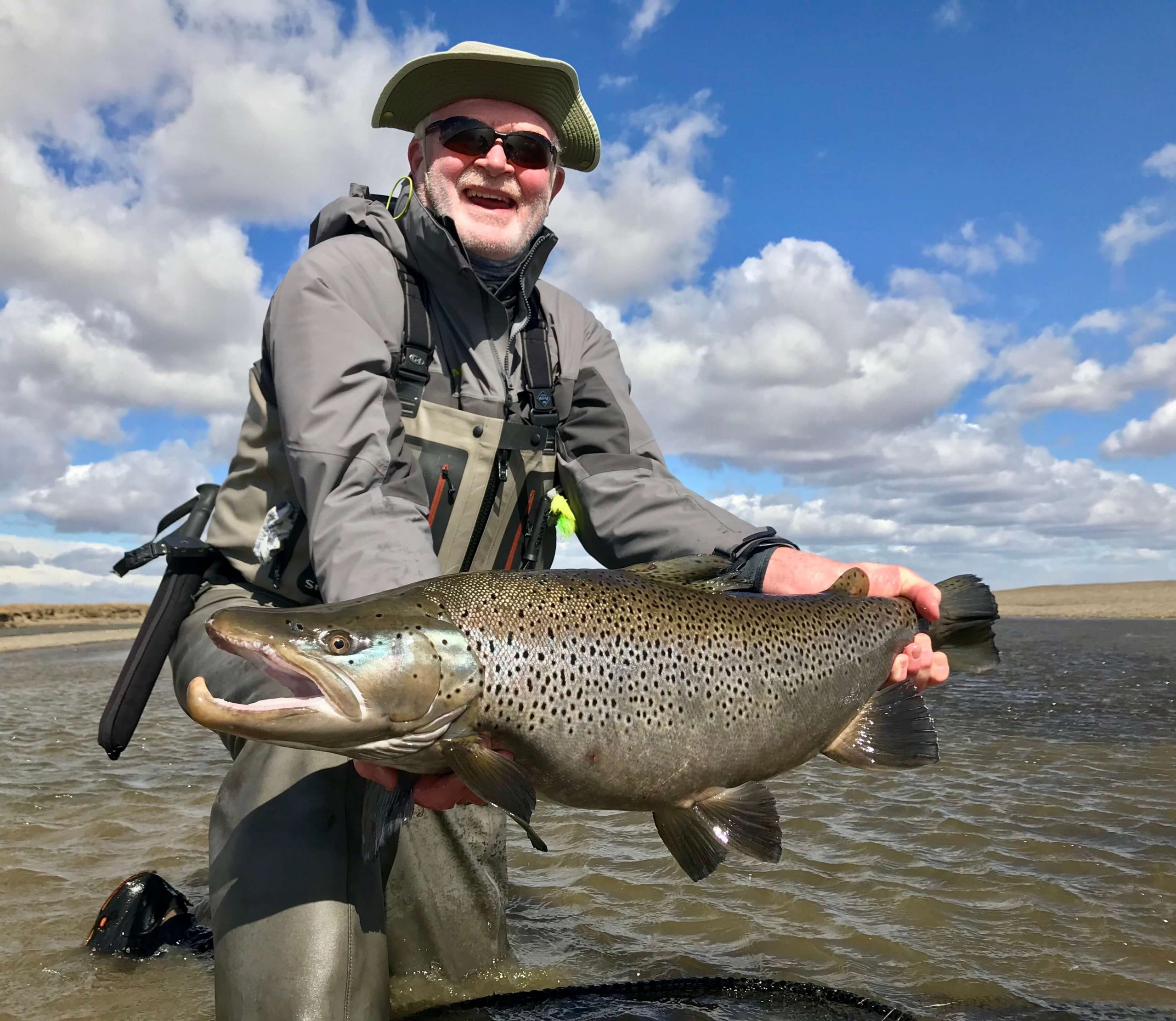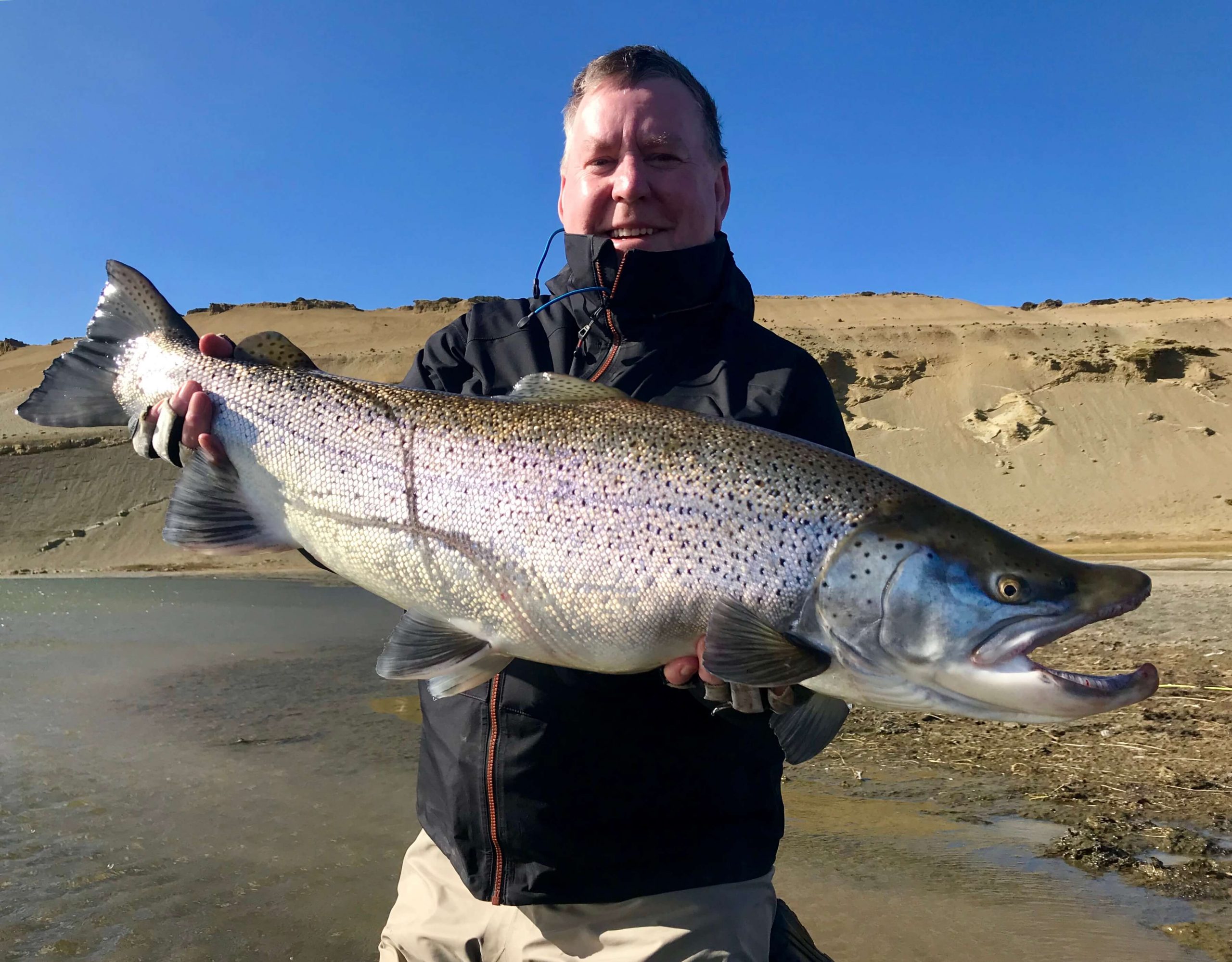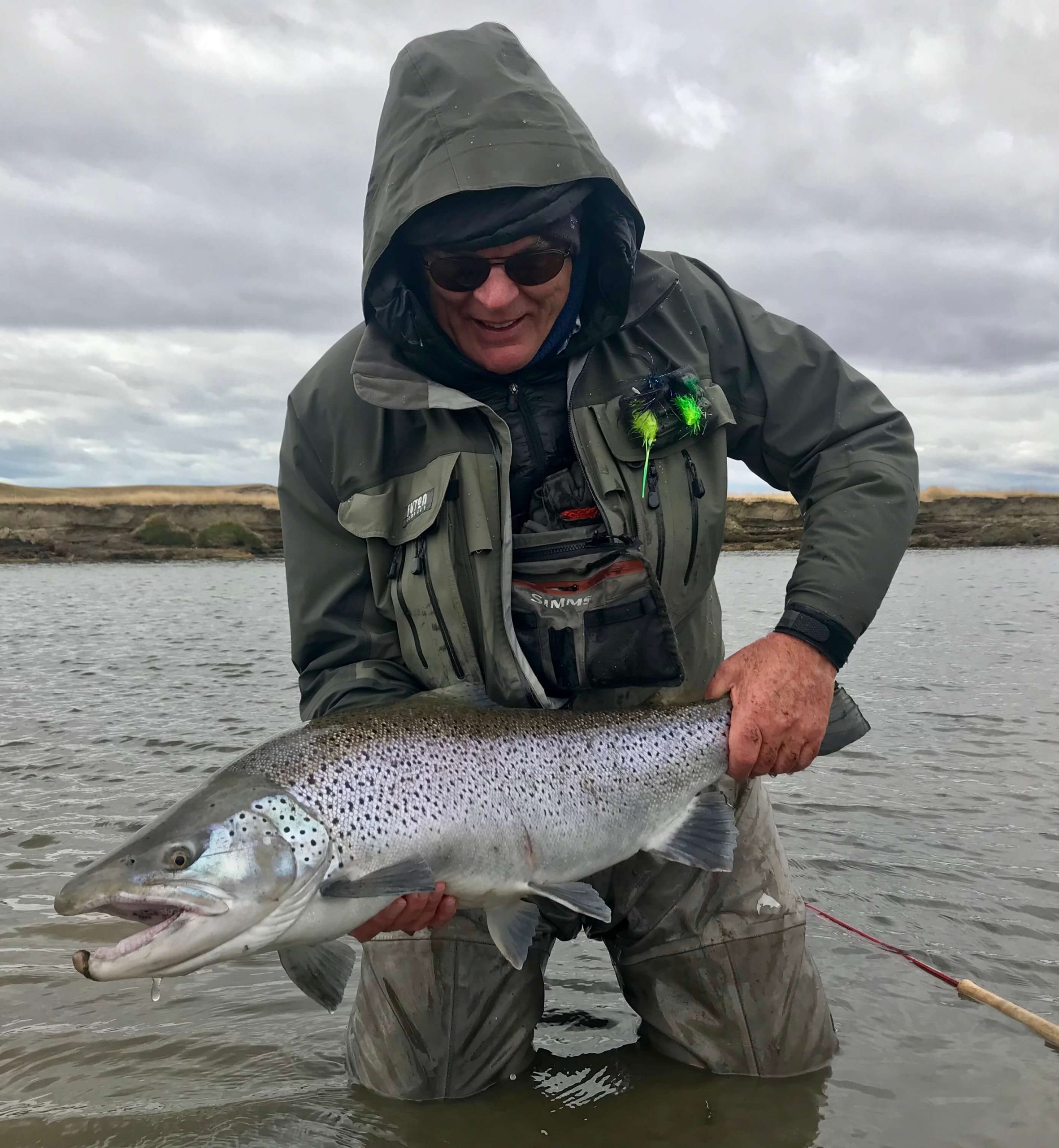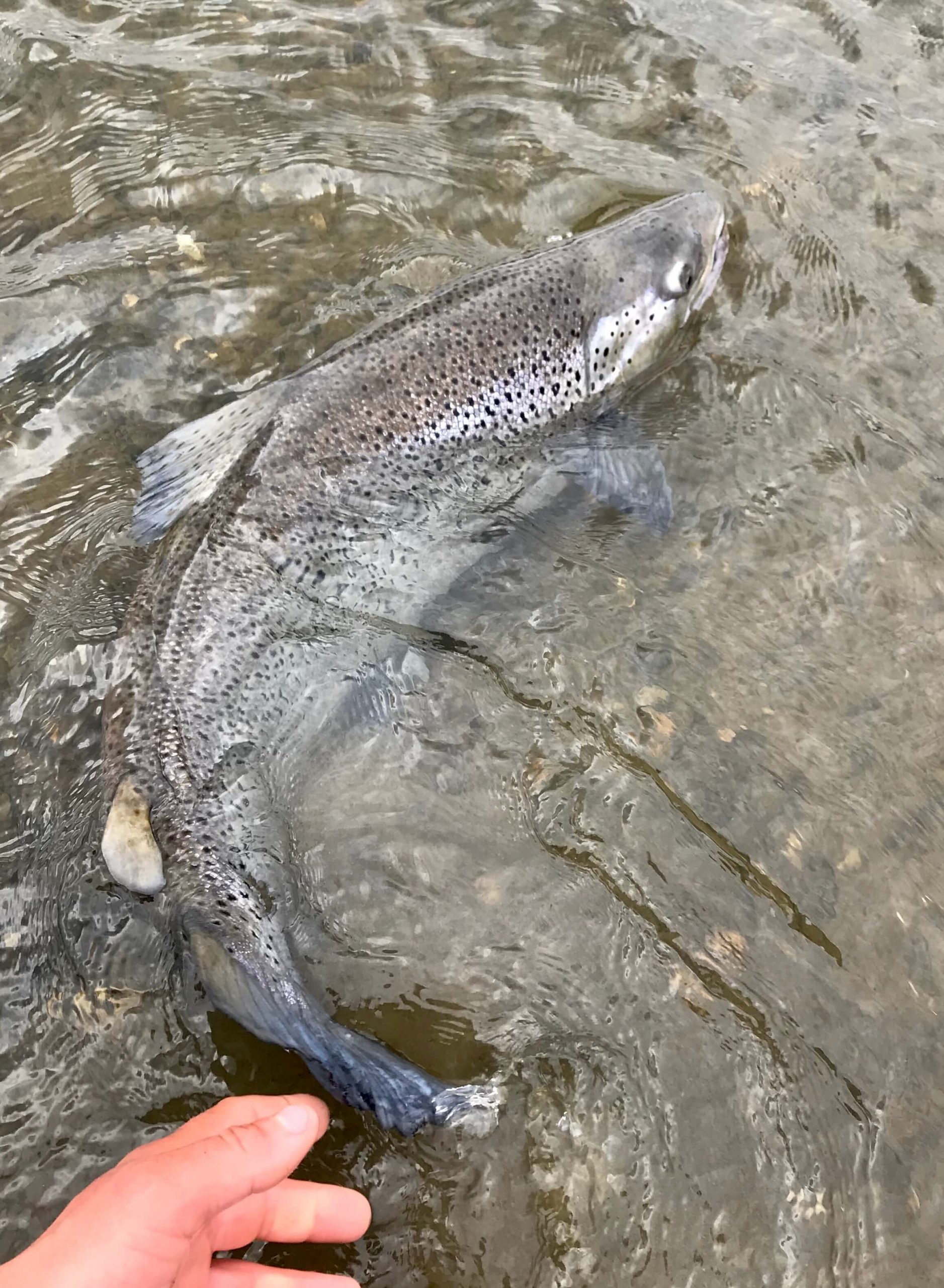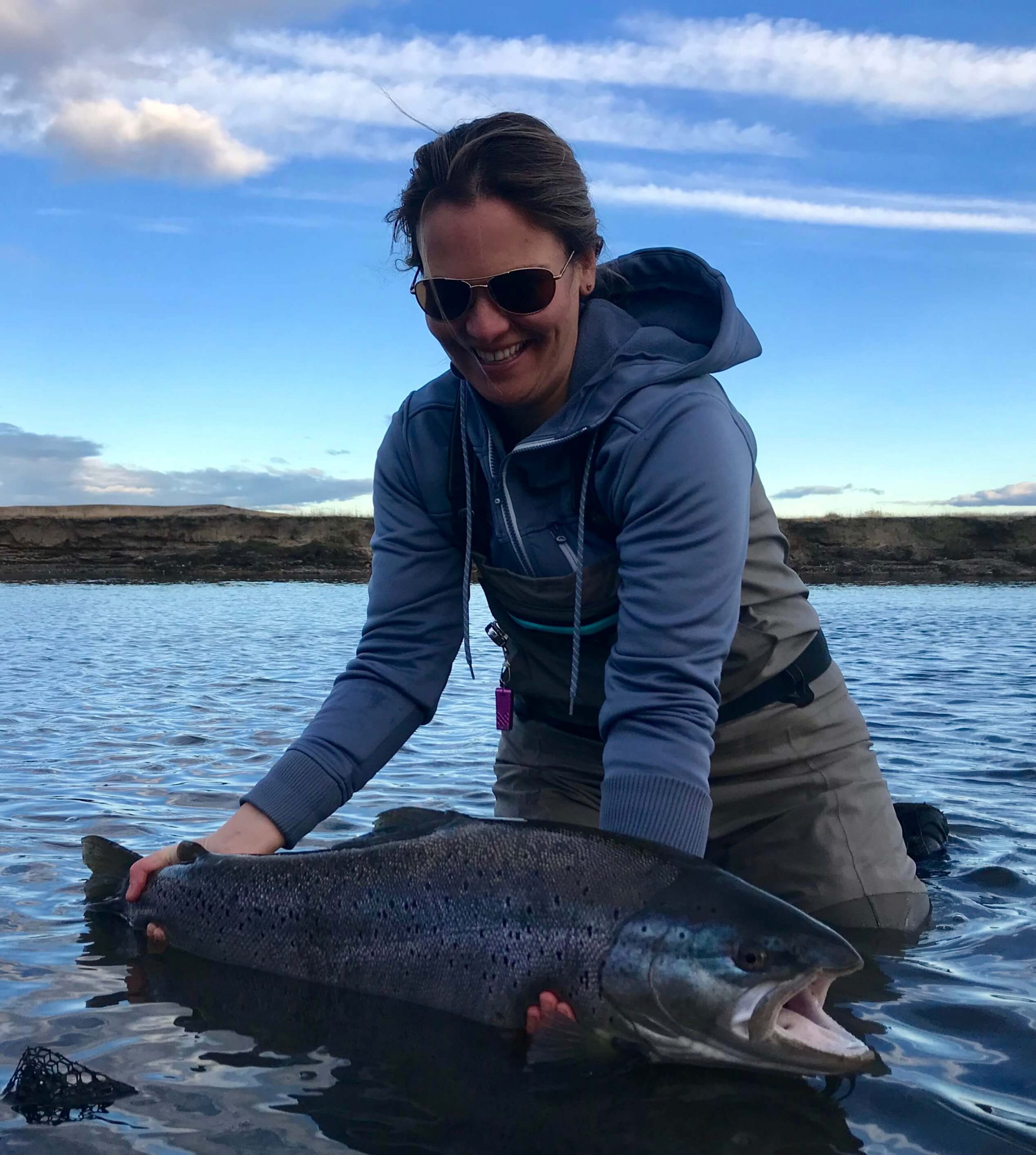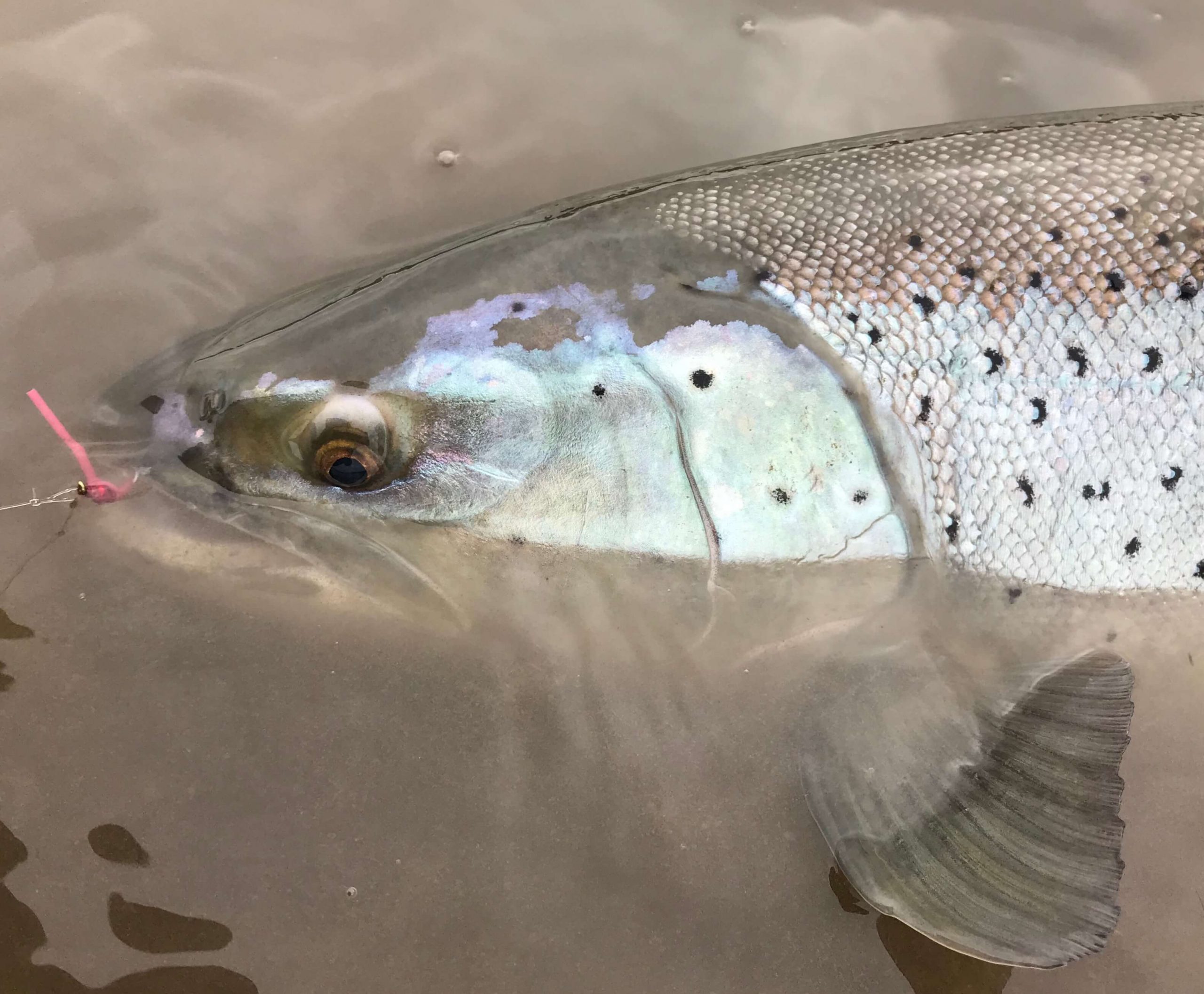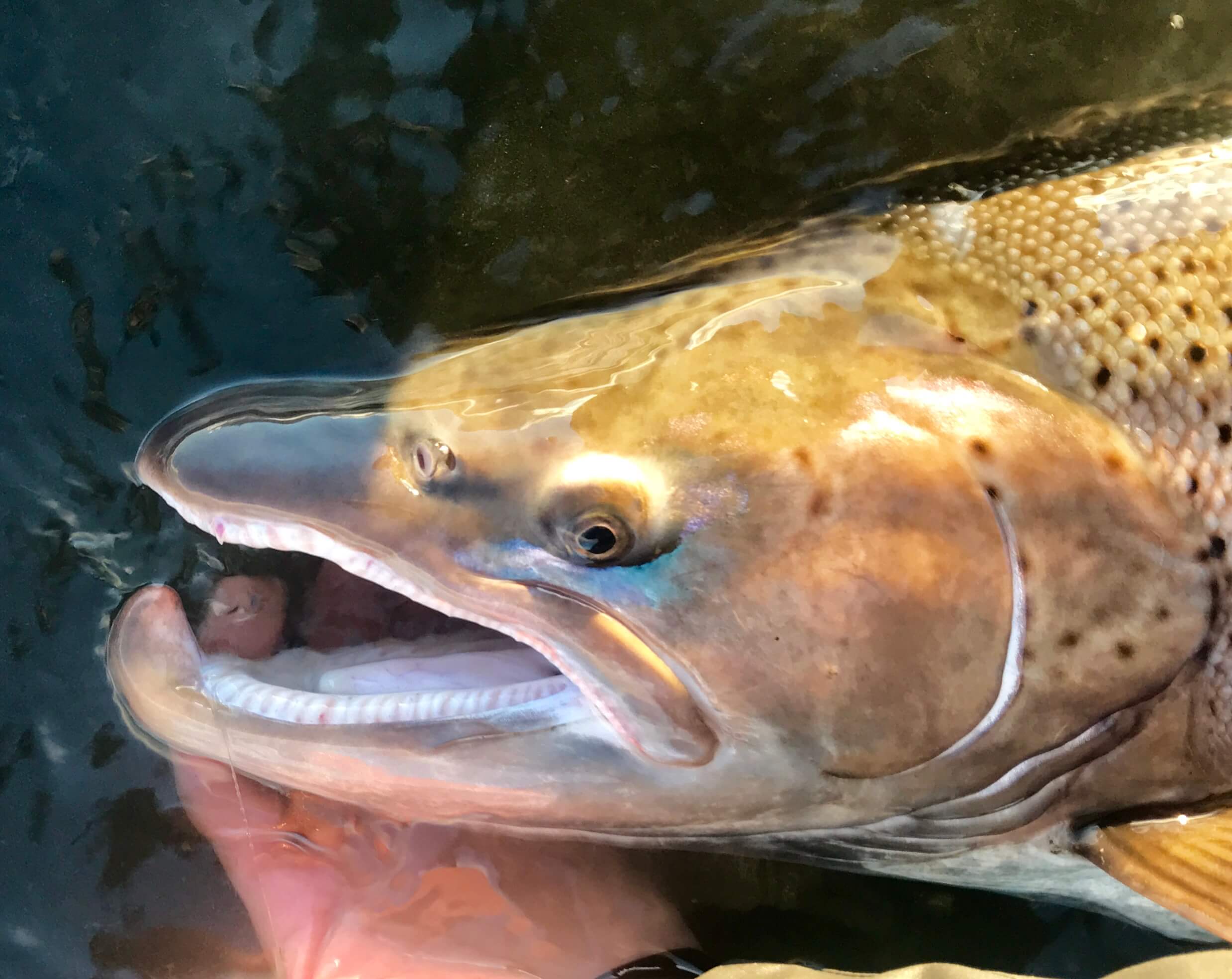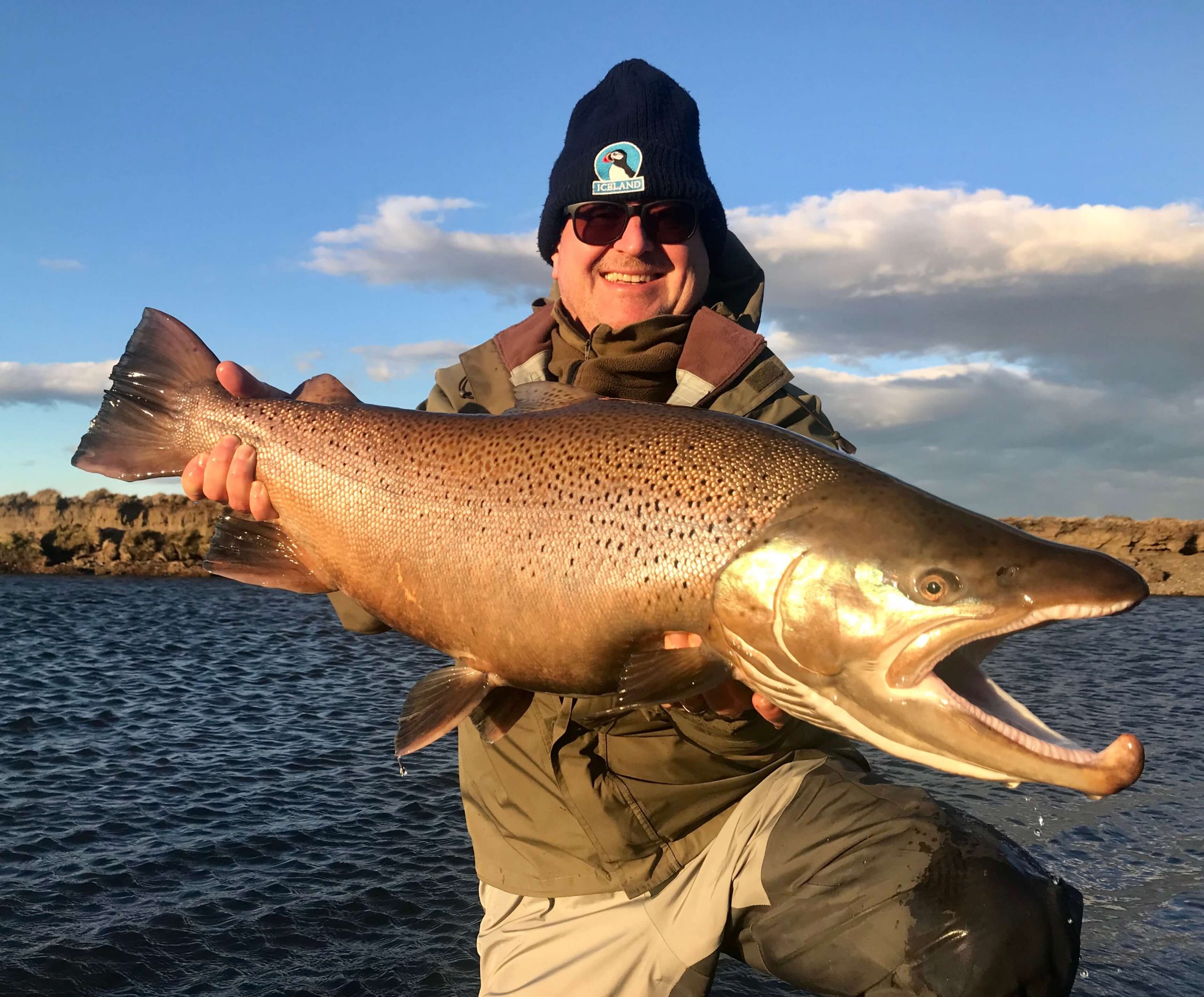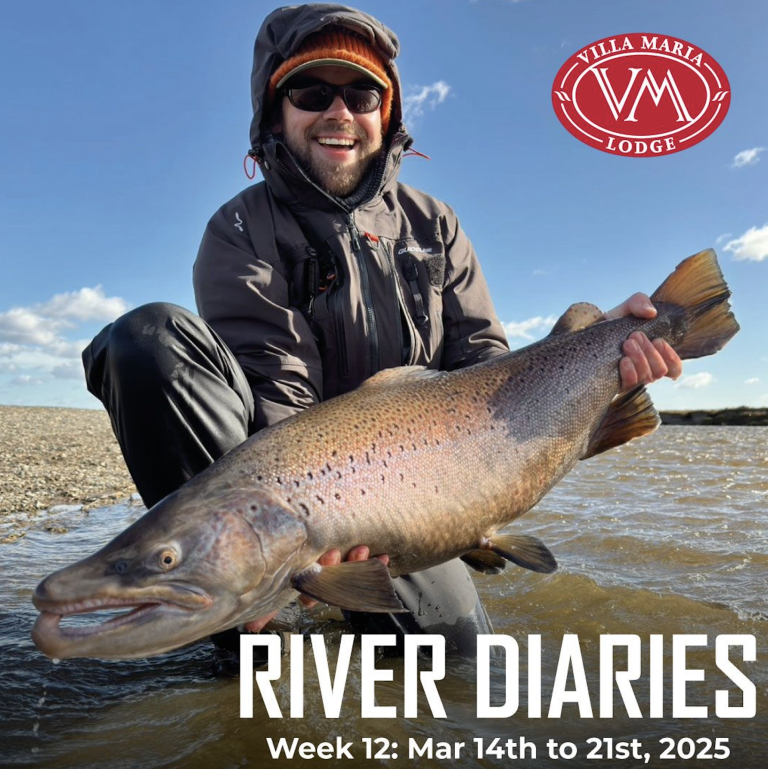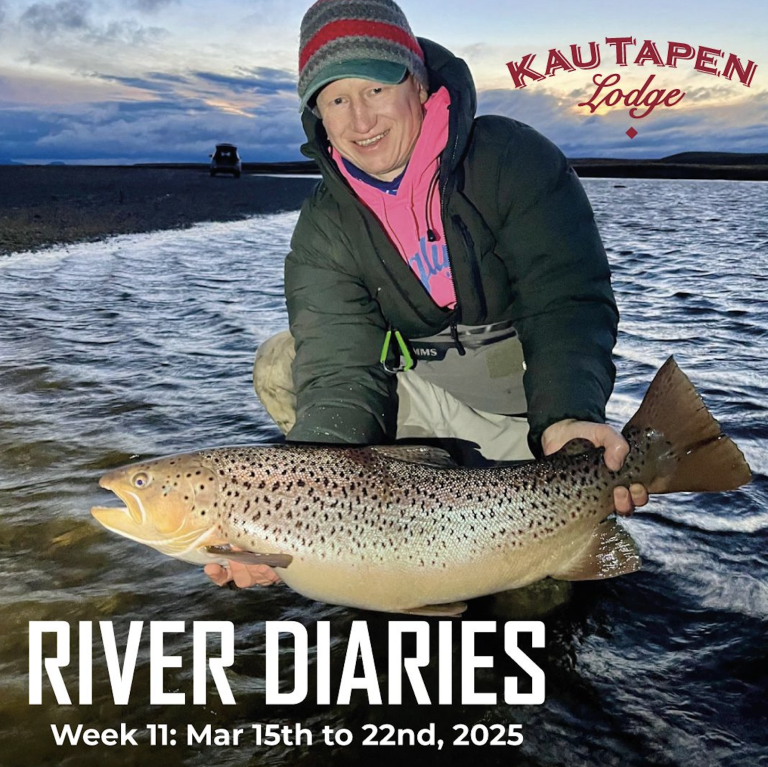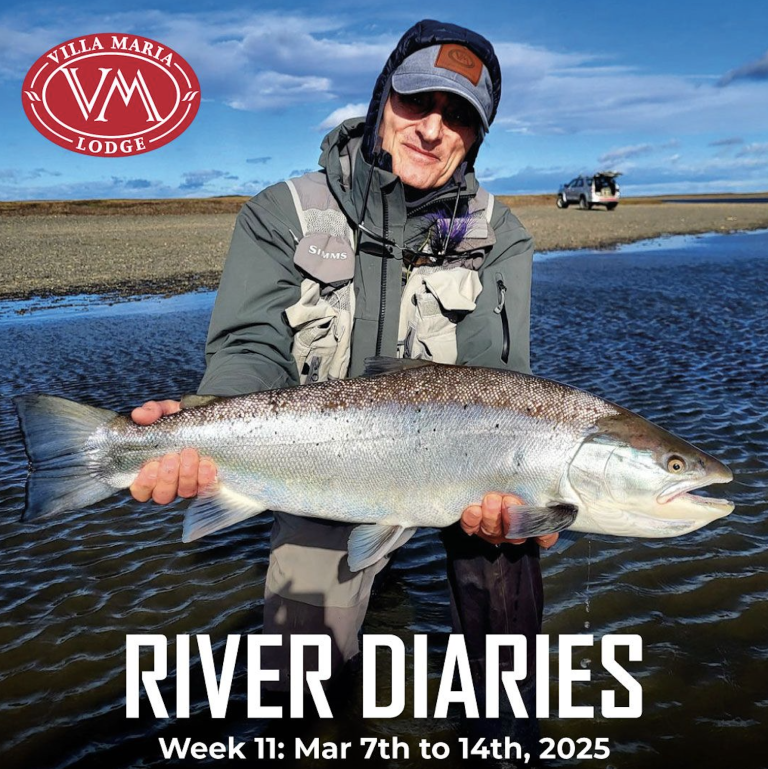Another season has come and gone on the Rio Grande and as usual, the river taught us many lessons.
The main theme of this season was the drought over the island – which in fact affected all of Patagonia. By the end of December we saw the last rains of the summer and they restarted by mid march. This two and a half month period with almost no rain lead to very low river conditions. Probably the lowest I have seen it in 15 years. Those long,deep, and classic Villa Maria pools, like Barranca de Alen or Moneta, were moving very slowly. Low water conditions also leads to a rise in the water temperatures during the warmest hours of the day in summer, turning the fish torpid during these periods. Sub Antarctic fish, don’t really enjoy sub tropical temperatures!
This mix of less-than-ideal conditions, forced us to pick very carefully the way and time we were going to fish every pool. The wind, sunlight, time of the day, cloud cover, water speed and angler skills and/or limitations are always things we have to have in mind, and mix them properly, to have a successful day. And trial and error is also part of the process
But considering all this, the fishing was very satisfactory and steady along the season. Perhaps was not a year of big numbers but the big fish were around and we were able to catch them along the whole day, not just in the last light of the evening. The river delivered in a perfect manner and everybody enjoyed their fishing time in Rio Grande getting their glimpse at the trophy sea trout that can’t be found anywhere else in the planet. In fact, despite the river’s super low water level, we caught double the number of 20+lbs fish compared to the 2018 season.
As tackle goes, low water conditions pushed us to use lighter tackle than usual for this lower stretch of the river. Shorter and not so heavy sink tips were a norm. So instead of the classic 14´ 8-9wt double handed, we fished perfectly with 12´6´´8wt rods. And instead of 15´ sinking tips, 6 to 10 ft were good for the job. Skaggit lines were still our main preference but many times lines with a more elaborated profile, like a scandi head, were chosen as their longer length and better weight distribution made for a more delicate presentation -when compared to a skaggit head- helping in those times of lightor little wind, or when a heavy sink tip was not needed. Delivering floating or intermediate tips is much easier done with an scandi head.
Also switch rods – 11’ to 11’6”- or old trusty single hand rods -#8 9’ to 10’- were used almost daily. As the river was so low and there was little need of heavy lines, there were not many places that were out of reach for the fisherman that knew how to handle thingsproperly (double haul and right line handling) with a standard rod. 99% of the time these shorter rods were rigged with floating lines and used to fish and swing small nymphs at different depths, sometimes with the help of strike indicators.
Flies remained the same as usual with nymphs and rubber legs being the first choice during harsh light hours and streamers and leeches when light was fading and night was approaching. The main difference with previous years was instead of using a #6 Yuk Bug (too aggressive for the conditions) we had to switch to a #10 EMB. Better smaller than bigger, dull over shiny, smooth twitches over hard pulls and legless than rubber legged.
I want to thank specially to the guide´s team: Maurizio Restaino & Samuel “Rudi” Babikian. Great job guys!! Thanks for the help and team effort. Hope to see you all next year!
I also want to thank Maia, Agustin, Leandro, Karina, Maira & Fernando for making our lives easier and doing a terrific job with all of our guests.
Tight lines and hope to see you all at Villa Maria in 2020!
Alejandro Martello
Villa Maria Lodge Fishing Manager

